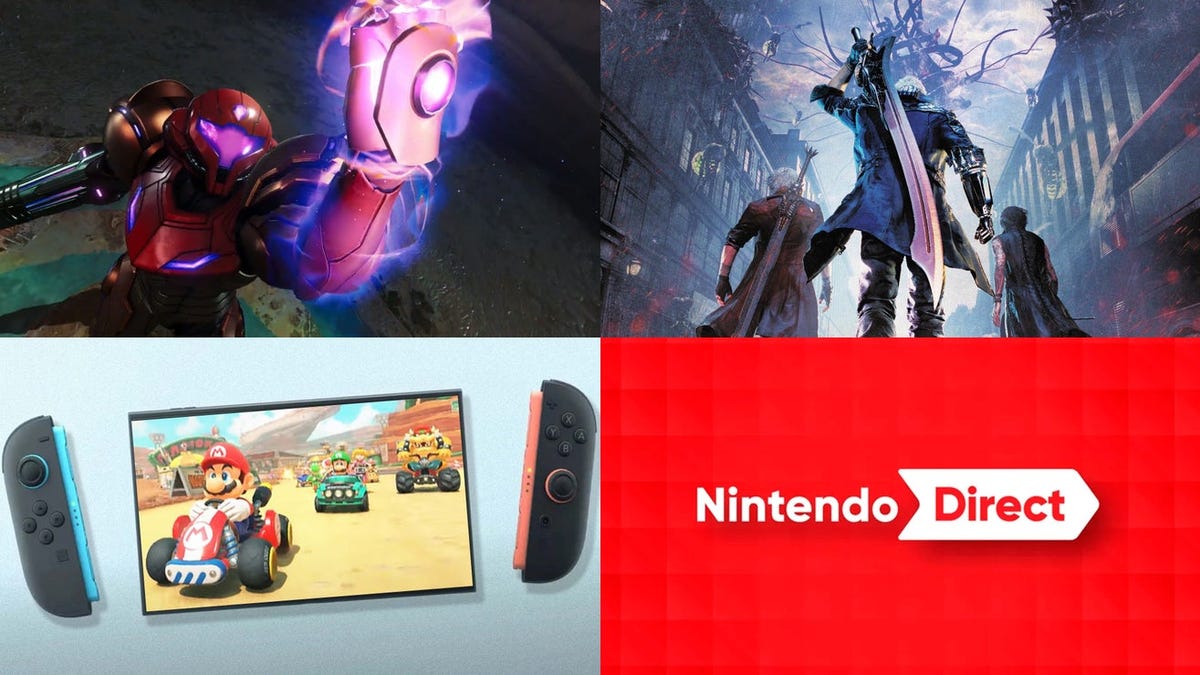I’m a gaming mouse expert: Here’s why I carefully select my mouse mat
Of all the PC gaming peripherals, none is as overlooked as the humble mouse pad (or mat). That’s a pity because mouse mats come in a variety of materials which have different speed and maneuverability profiles. Read on to find out which ones are the quickest and which ones the slowest, and why you should really select your gaming mouse mat carefully. Hard mouse mat materials: Made for speed Mouse mats made from hard materials like plastic, stainless steel, wood, aluminum, and glass are the fastest of all of the material types for gaming. These materials provide less friction over their surfaces so they’re ideal for making quick sweeping movements like strafing and spinning around. Hard materials also provide a satisfying tactile feeling that many gamers like, but on the downside their slippery surfaces aren’t so easy to stop or change direction on, so they can provide less precision than some softer materials. They can also cause more discomfort to player hands over time. The fastest of these materials is tempered glass. It’s especially favored by elite gamers looking for an edge in competitive games. To that effect, the surfaces of most tempered glass mouse mats are usually embellished for the smoothest glide. The Razer Atlas mouse mat, for example, features a polished surface which has been etched to within 2 micrometers so that it’ll work optimally with optical mouse sensors. Other hard grade mouse mats considered extremely quick include the SkyPad Glass 3.0 and aluminum Corsair MM600. The Razer Atlas mouse pad made from tempered glass. Razer Hard mouse mats are also quite durable. Surprisingly that goes for glass mouse mats too despite glass’s reputation for breakage. Tempered glass is mostly scratch and impact resistant. Soft mouse pad materials: Champion precision Soft mouse pads are made from materials like neoprene, rubber, and cloth. Many soft gaming mouse pads fall into a hybrid category, in that they’re comprised of a combination of different materials usually plastic or foam underneath, with cloth covering over the top. These kinds of materials tend to have slightly more friction than hard mouse pads which means they are slightly slower when you move your mouse over their surface. The upside to that, however, is more precise control; you can stop your mouse on a dime, so players find it easier to pull off precision maneuvers and hit targets within a smaller range. That’s the consensus. There are exceptions to the rule where manufacturers have used specialist fabric coverings for their soft mouse pads to make them quicker for pro gaming. The Japanese-made Artisan Raiden mouse pad, for example, has a very un-cloth like fast surface since it’s made out of densely knitted silky polyester. You can also largely overcome any speed differences by altering your mouse’s DPI sensitivity, so having a soft mouse pad is not really any kind of speed handicap. Ultimately, it comes down to your personal preference and what feels best for you. Another upside to soft mouse pads, is that a greater number of gaming mouse sensors will work with those materials. By comparison, only a top-tier list of quite expensive gaming mice usually work flawlessly on glass, so keep that in mind. Soft mouse pads also tend to be more comfortable for your hand. Although cheaper, they do tend to be less durable and are prone to curling of their top layers. They’ll also stain more easily from spills.Some very highly commended “fast” soft mouse pads include the QPAD FX-900 and Puretrak Talent, both with cloth surfaces. In summary If you’re still unsure as to which mouse mat (or pad) material to go for, my advice is to try out a few options to see what works best for you. If you’re going to do that, start with the soft mouse pad options first, since they’re a lot cheaper and you’ll be a lot less out of pocket than if you buy a pro-grade hard gaming mouse mat and find that it’s not a great match. Personally, I get very good results on neoprene mouse pads and find them a good mix of speed, precision, and comfort. Plus, I also really like the fact that they can be made to order with whatever designs I like.

Of all the PC gaming peripherals, none is as overlooked as the humble mouse pad (or mat).
That’s a pity because mouse mats come in a variety of materials which have different speed and maneuverability profiles.
Read on to find out which ones are the quickest and which ones the slowest, and why you should really select your gaming mouse mat carefully.
Hard mouse mat materials: Made for speed
Mouse mats made from hard materials like plastic, stainless steel, wood, aluminum, and glass are the fastest of all of the material types for gaming. These materials provide less friction over their surfaces so they’re ideal for making quick sweeping movements like strafing and spinning around.
Hard materials also provide a satisfying tactile feeling that many gamers like, but on the downside their slippery surfaces aren’t so easy to stop or change direction on, so they can provide less precision than some softer materials. They can also cause more discomfort to player hands over time.
The fastest of these materials is tempered glass. It’s especially favored by elite gamers looking for an edge in competitive games. To that effect, the surfaces of most tempered glass mouse mats are usually embellished for the smoothest glide.
The Razer Atlas mouse mat, for example, features a polished surface which has been etched to within 2 micrometers so that it’ll work optimally with optical mouse sensors. Other hard grade mouse mats considered extremely quick include the SkyPad Glass 3.0 and aluminum Corsair MM600.
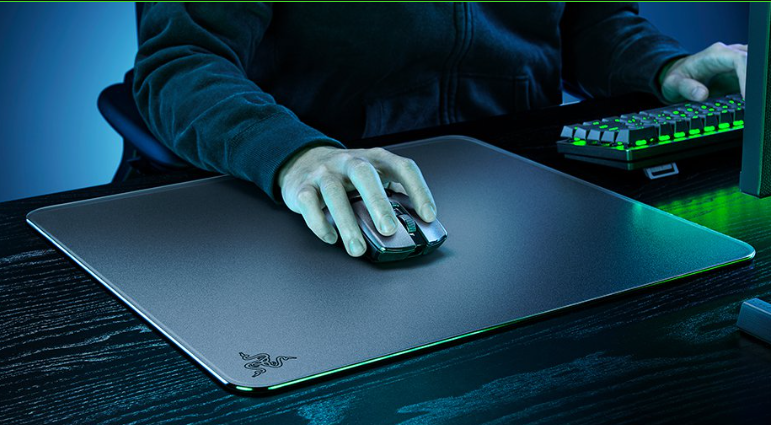
The Razer Atlas mouse pad made from tempered glass.
Razer
Hard mouse mats are also quite durable. Surprisingly that goes for glass mouse mats too despite glass’s reputation for breakage. Tempered glass is mostly scratch and impact resistant.
Soft mouse pad materials: Champion precision
Soft mouse pads are made from materials like neoprene, rubber, and cloth. Many soft gaming mouse pads fall into a hybrid category, in that they’re comprised of a combination of different materials usually plastic or foam underneath, with cloth covering over the top.
These kinds of materials tend to have slightly more friction than hard mouse pads which means they are slightly slower when you move your mouse over their surface.
The upside to that, however, is more precise control; you can stop your mouse on a dime, so players find it easier to pull off precision maneuvers and hit targets within a smaller range.
That’s the consensus. There are exceptions to the rule where manufacturers have used specialist fabric coverings for their soft mouse pads to make them quicker for pro gaming. The Japanese-made Artisan Raiden mouse pad, for example, has a very un-cloth like fast surface since it’s made out of densely knitted silky polyester.
You can also largely overcome any speed differences by altering your mouse’s DPI sensitivity, so having a soft mouse pad is not really any kind of speed handicap. Ultimately, it comes down to your personal preference and what feels best for you.
Another upside to soft mouse pads, is that a greater number of gaming mouse sensors will work with those materials. By comparison, only a top-tier list of quite expensive gaming mice usually work flawlessly on glass, so keep that in mind.
Soft mouse pads also tend to be more comfortable for your hand. Although cheaper, they do tend to be less durable and are prone to curling of their top layers. They’ll also stain more easily from spills.
Some very highly commended “fast” soft mouse pads include the QPAD FX-900 and Puretrak Talent, both with cloth surfaces.
In summary
If you’re still unsure as to which mouse mat (or pad) material to go for, my advice is to try out a few options to see what works best for you. If you’re going to do that, start with the soft mouse pad options first, since they’re a lot cheaper and you’ll be a lot less out of pocket than if you buy a pro-grade hard gaming mouse mat and find that it’s not a great match.
Personally, I get very good results on neoprene mouse pads and find them a good mix of speed, precision, and comfort. Plus, I also really like the fact that they can be made to order with whatever designs I like.









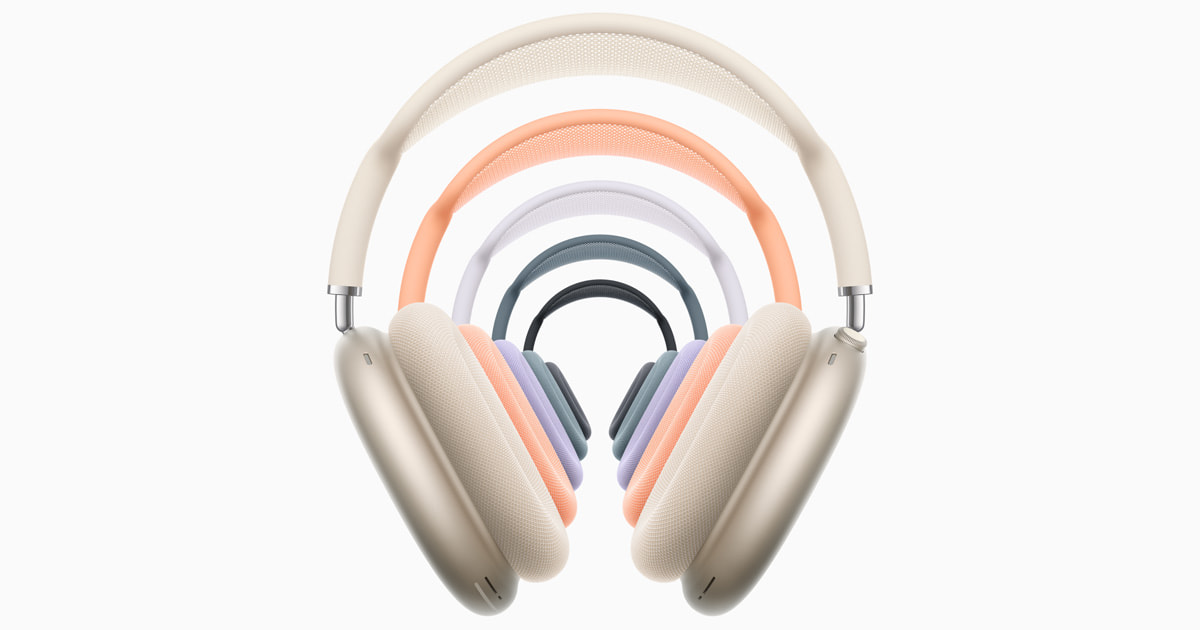










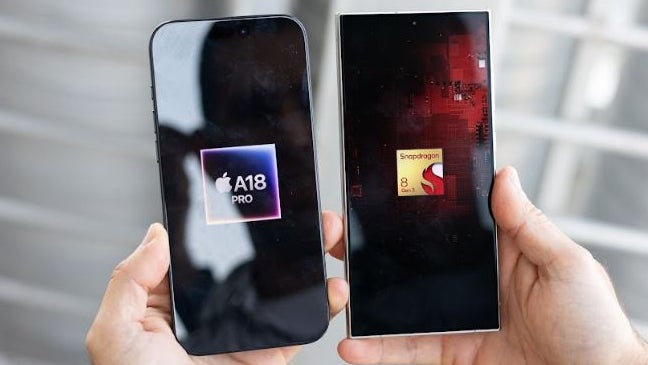








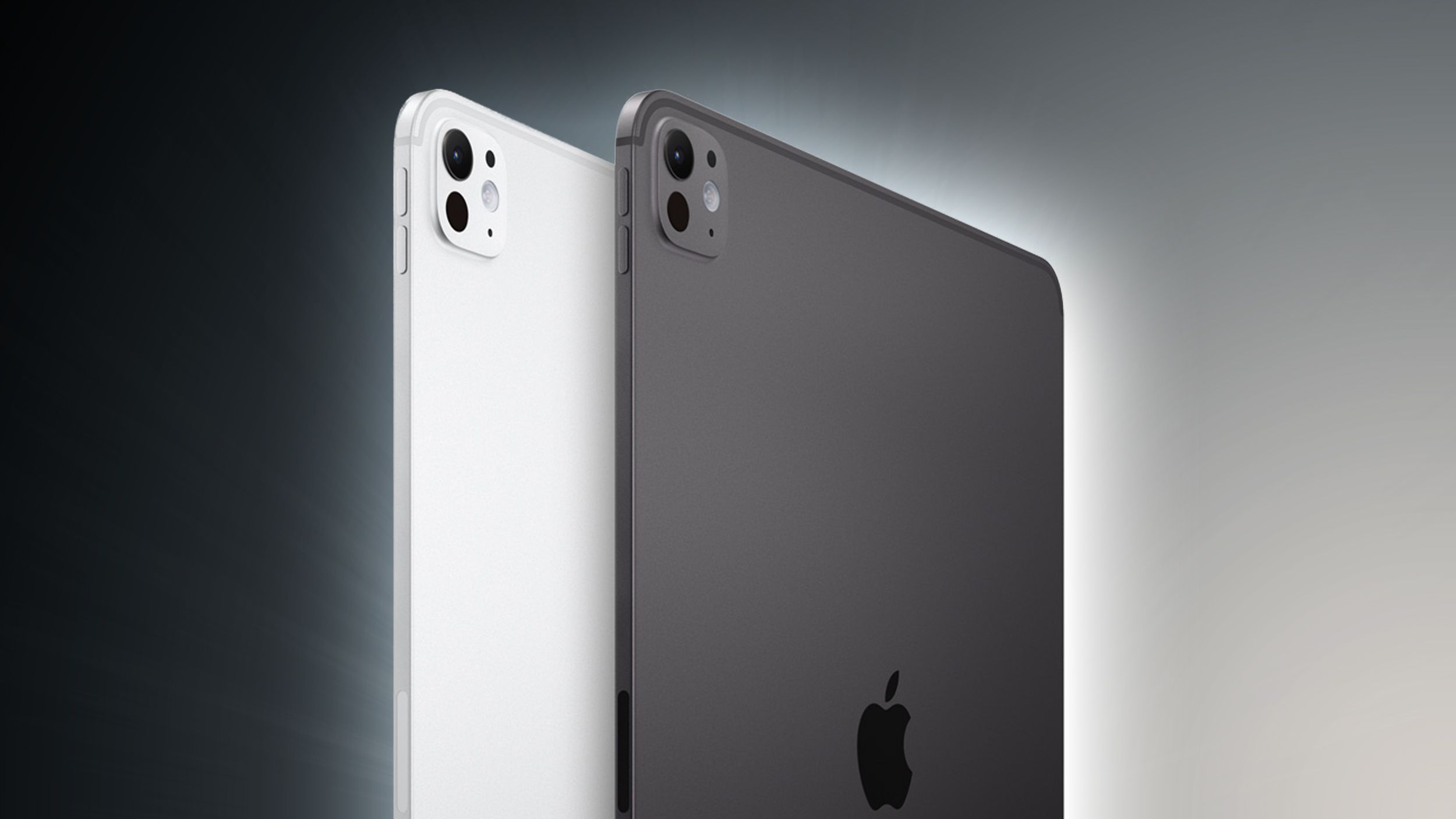
















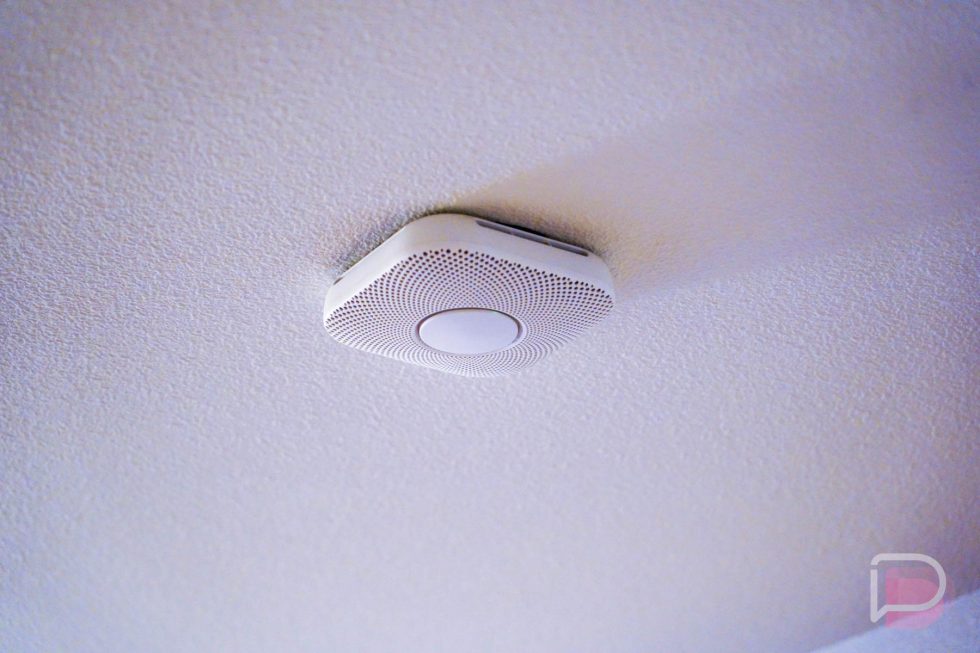

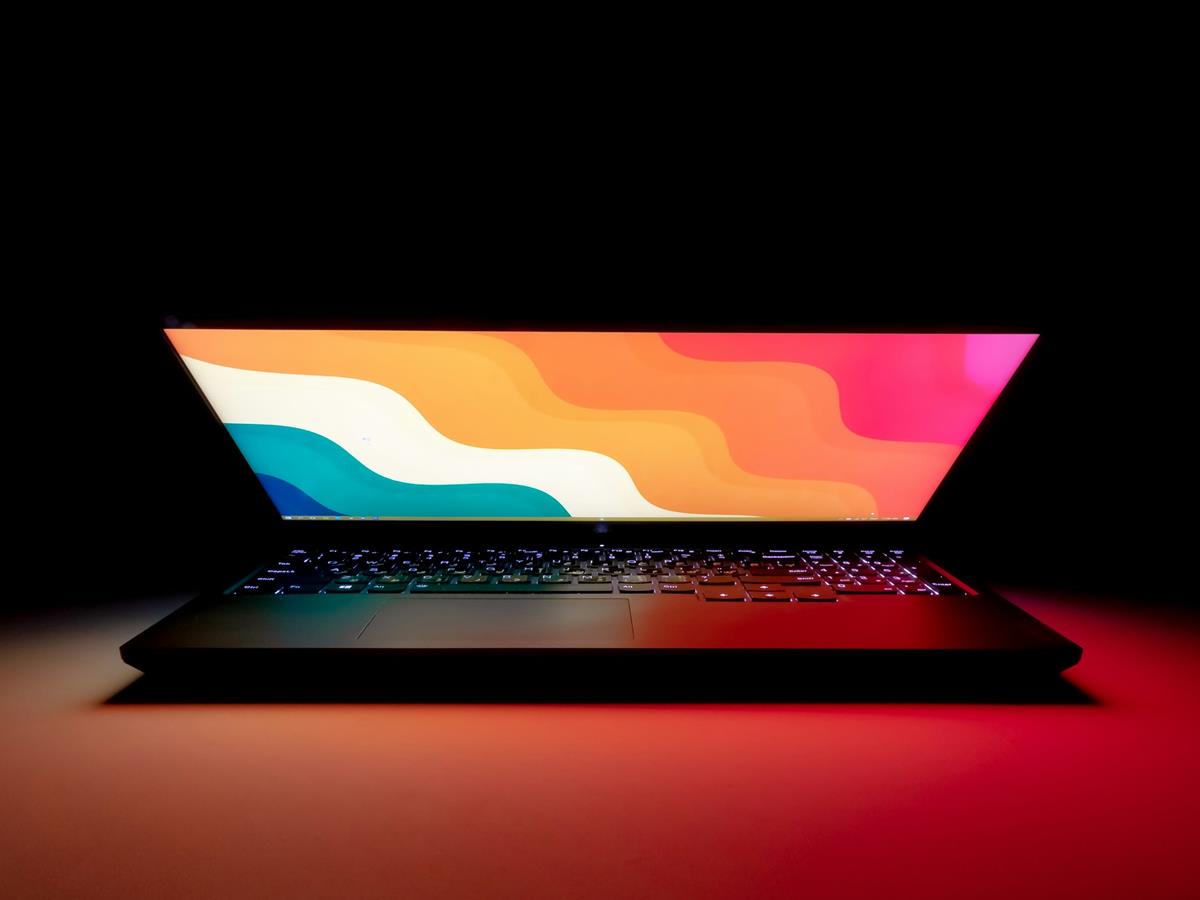

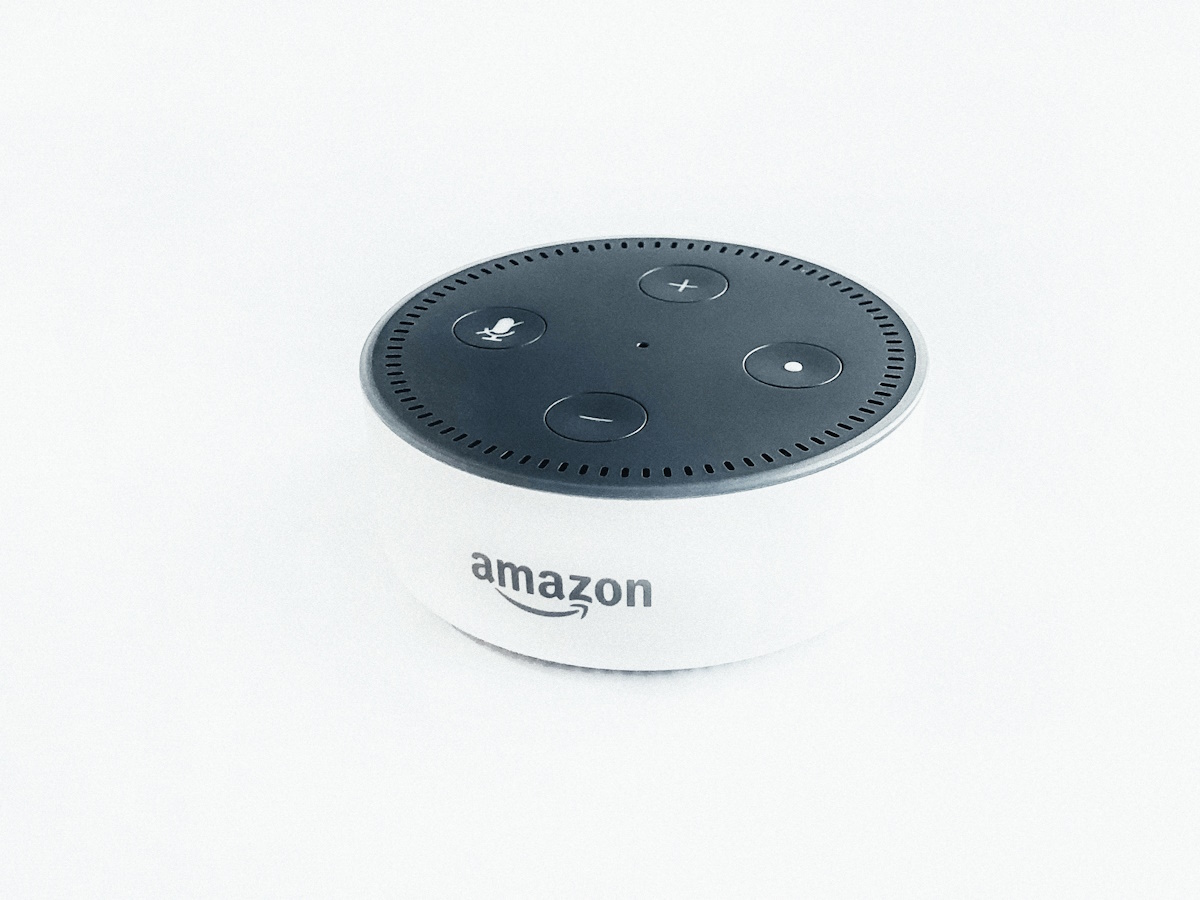
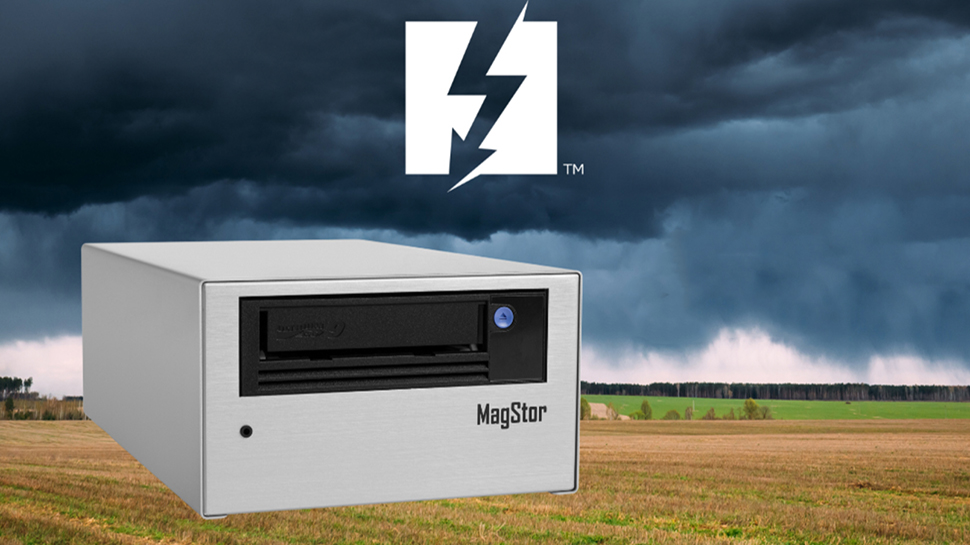

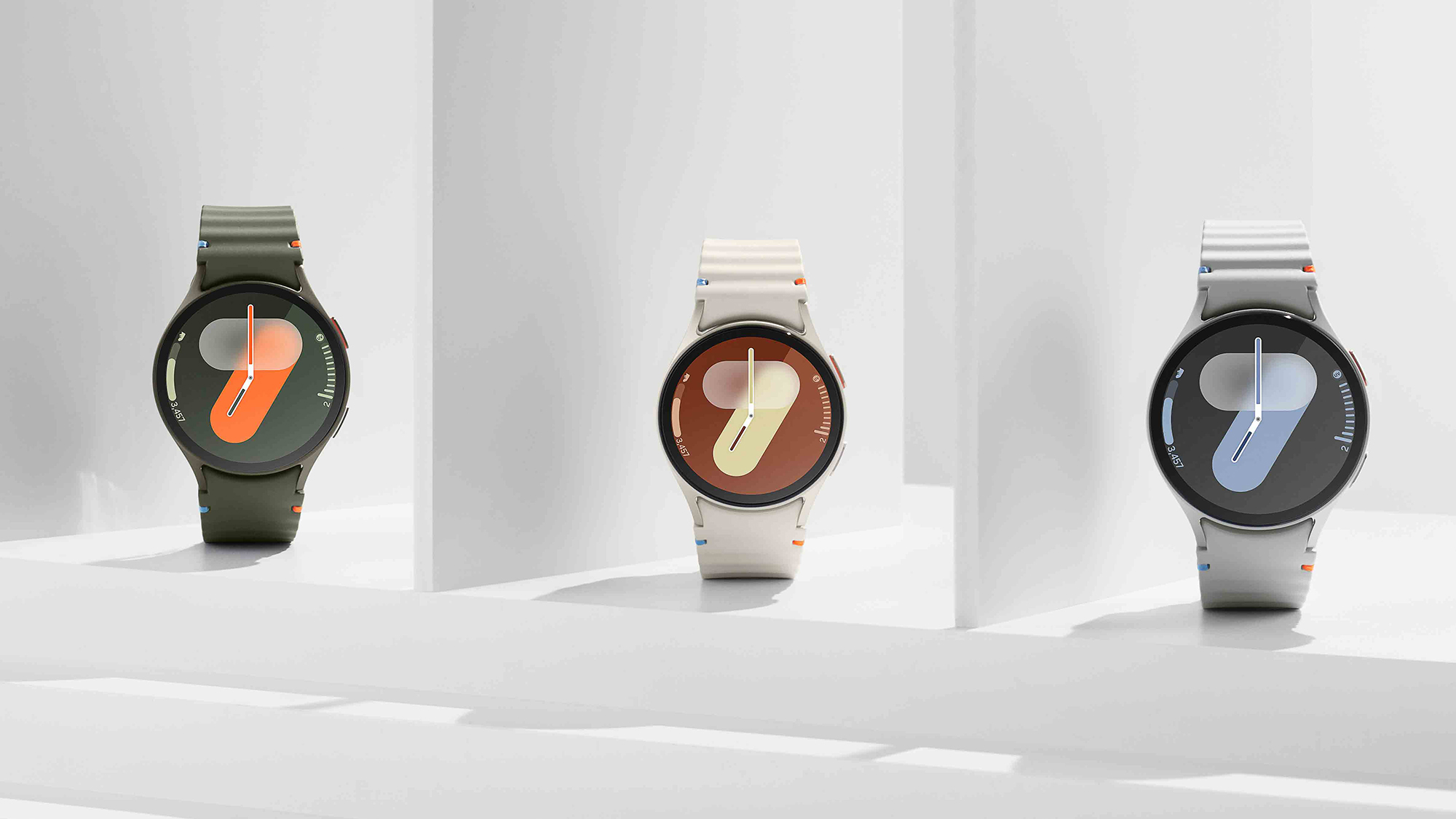
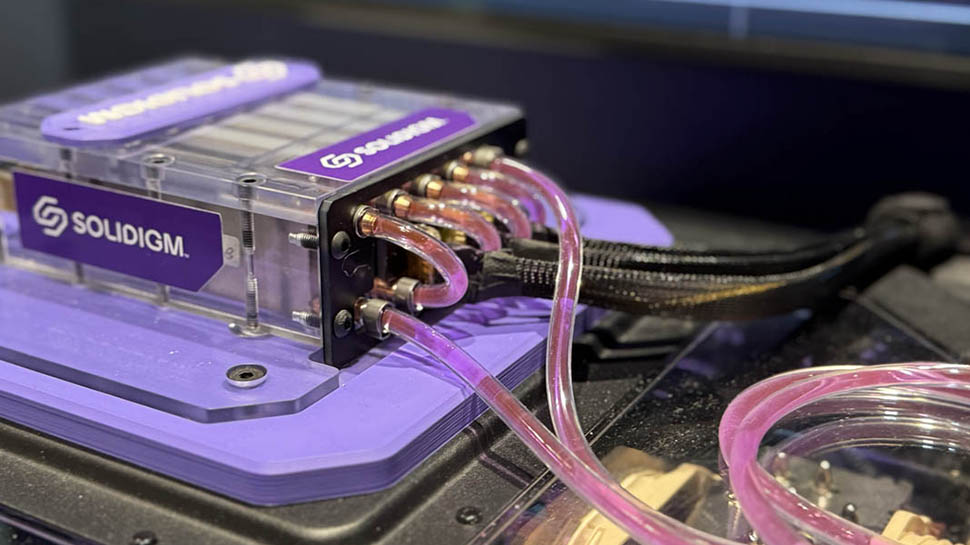
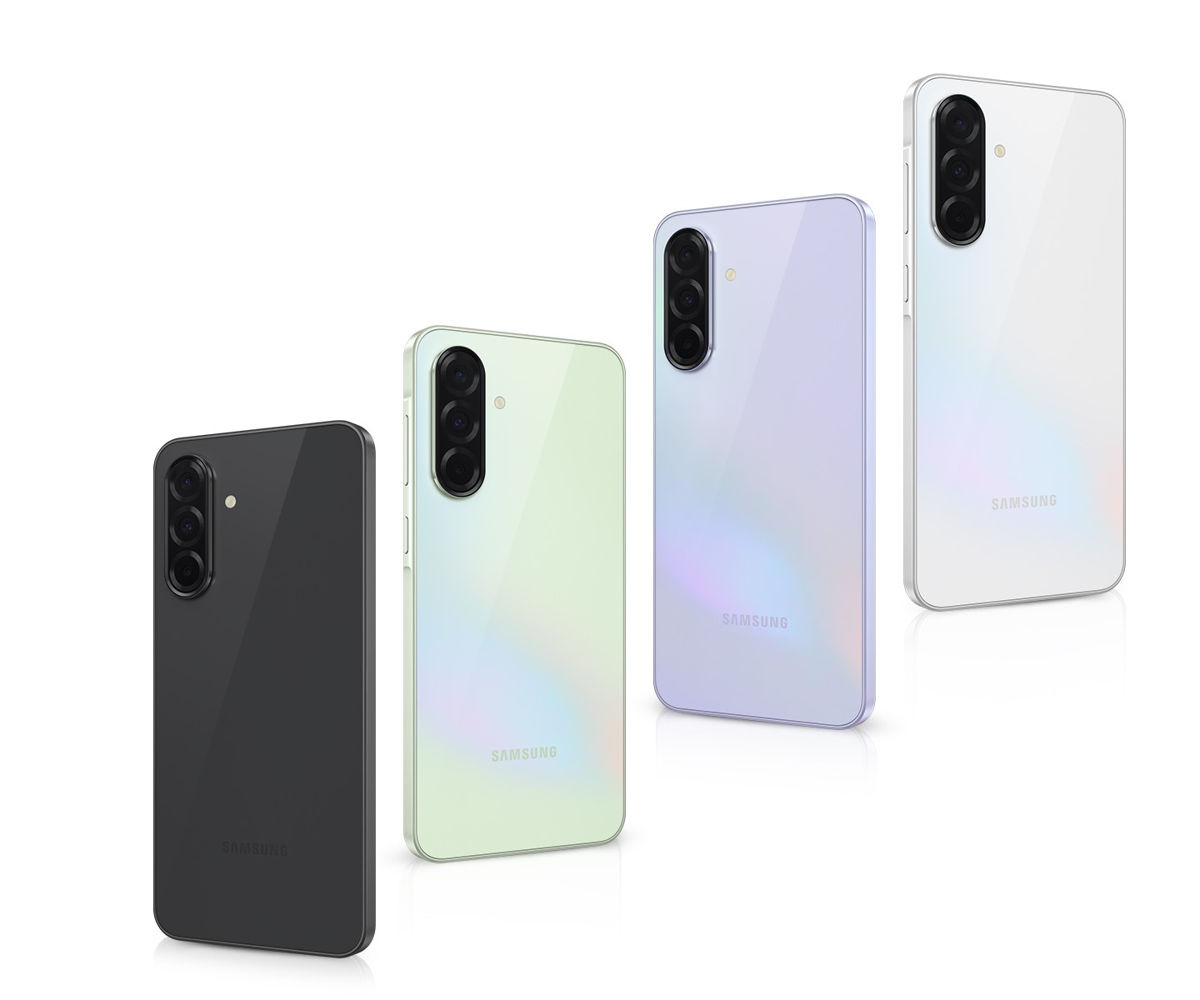
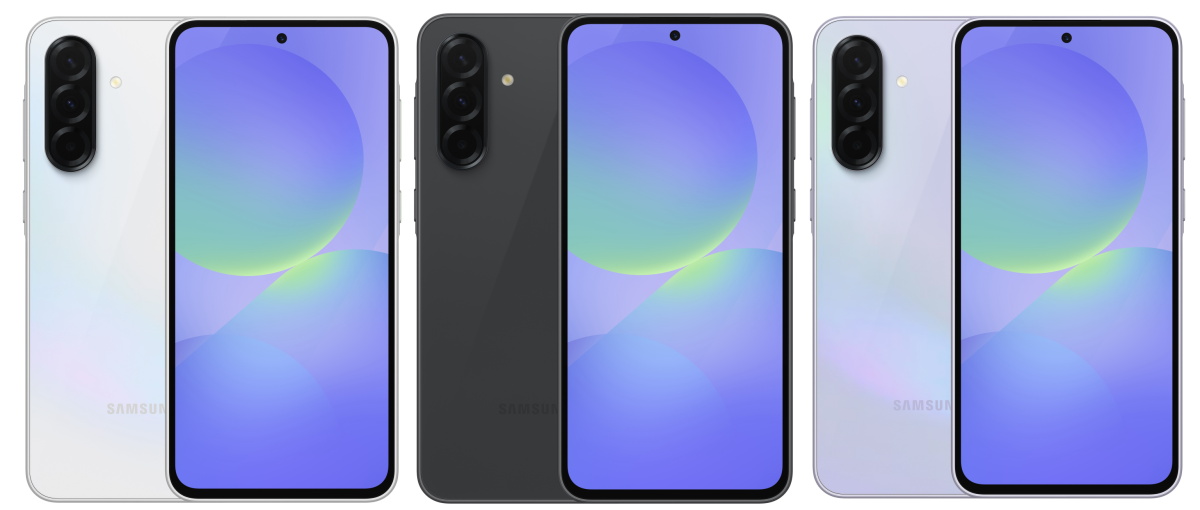

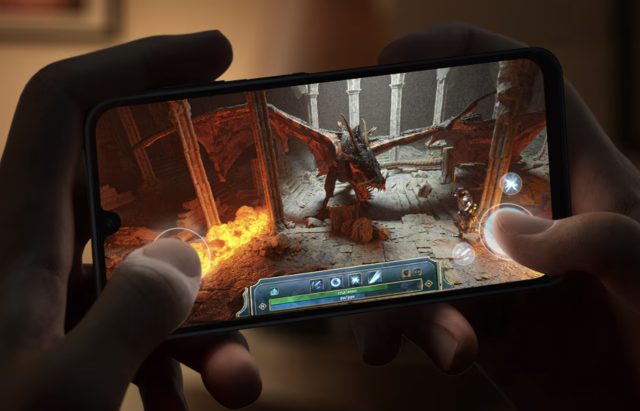






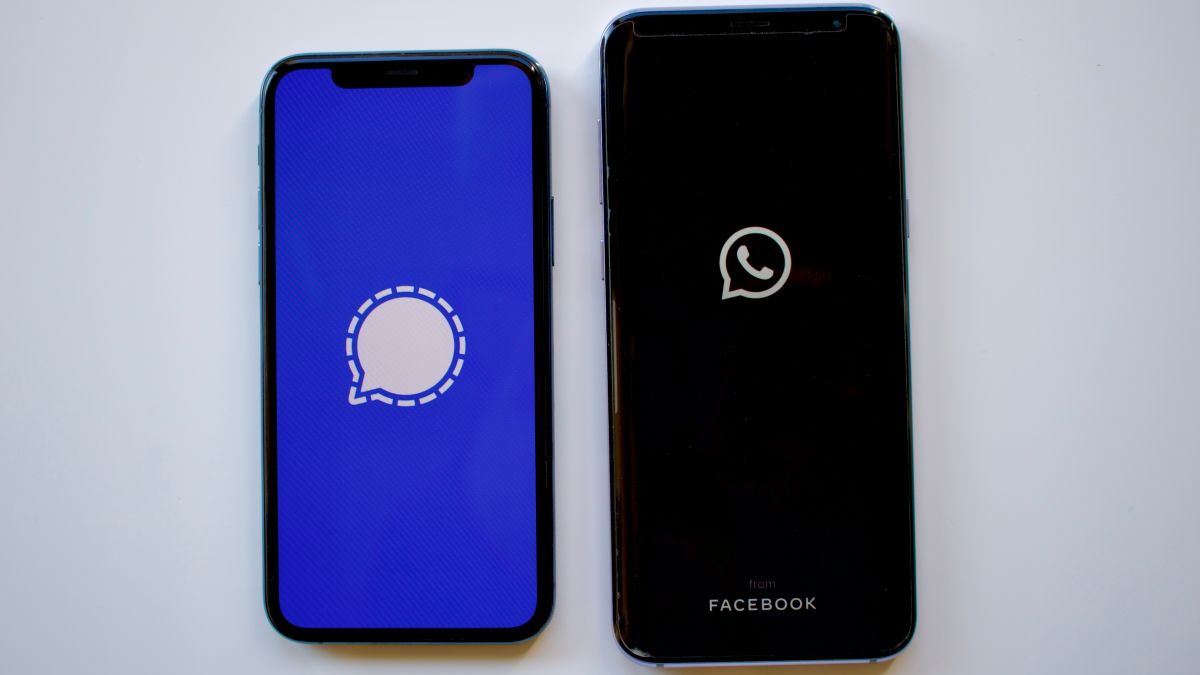


![Apple's M5 iPad Pro Enters Advanced Testing for 2025 Launch [Gurman]](https://www.iclarified.com/images/news/96865/96865/96865-640.jpg)
![M5 MacBook Pro Set for Late 2025, Major Redesign Waits Until 2026 [Gurman]](https://www.iclarified.com/images/news/96868/96868/96868-640.jpg)
![Apple to Revamp Health App with AI-Powered Doctor [Gurman]](https://www.iclarified.com/images/news/96870/96870/96870-640.jpg)








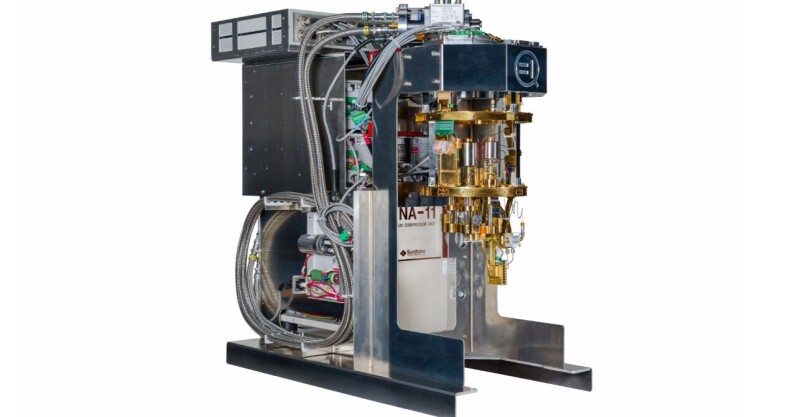





![What Google Messages features are rolling out [March 2025]](https://i0.wp.com/9to5google.com/wp-content/uploads/sites/4/2023/12/google-messages-name-cover.png?resize=1200%2C628&quality=82&strip=all&ssl=1)




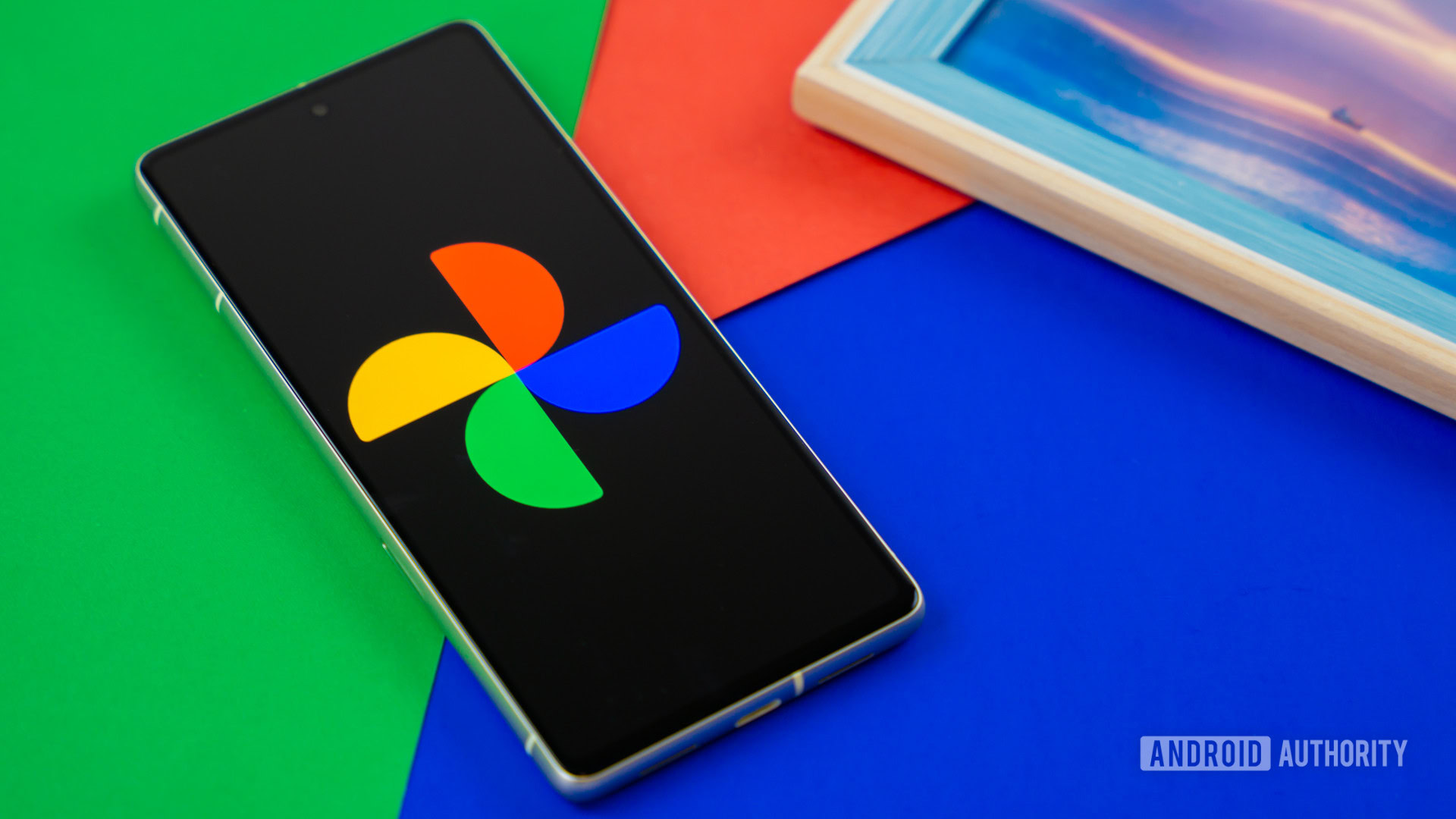
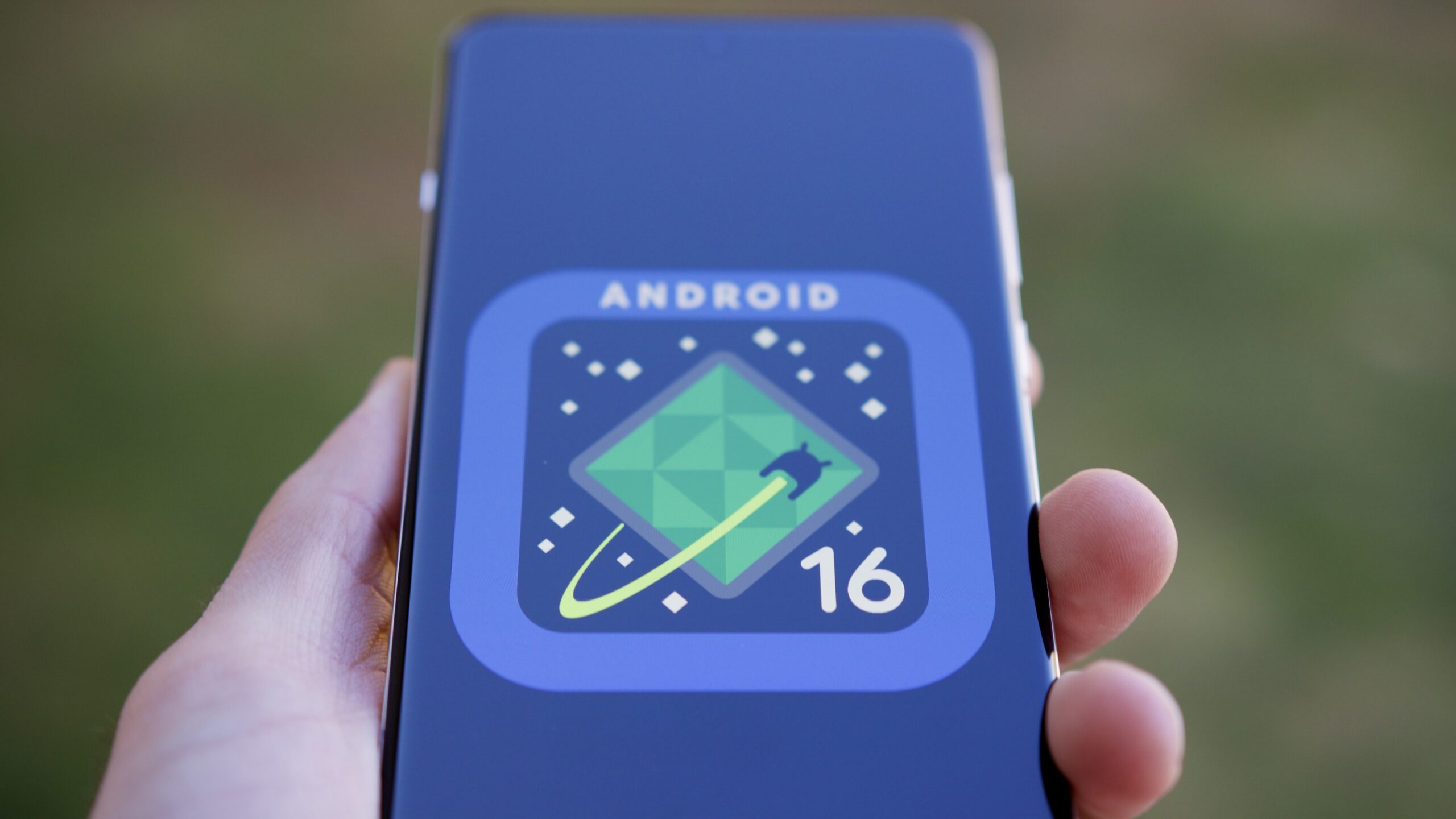
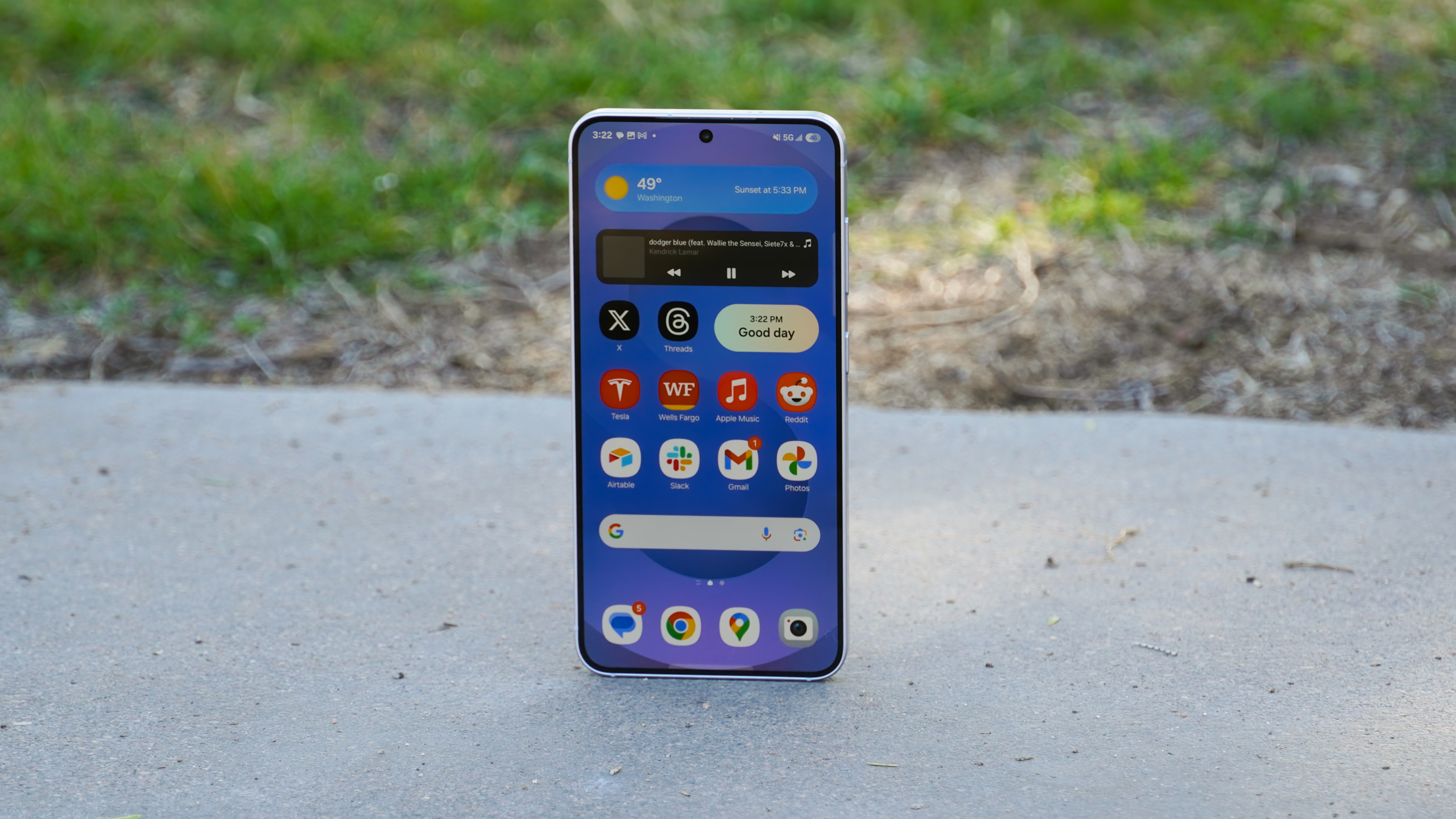
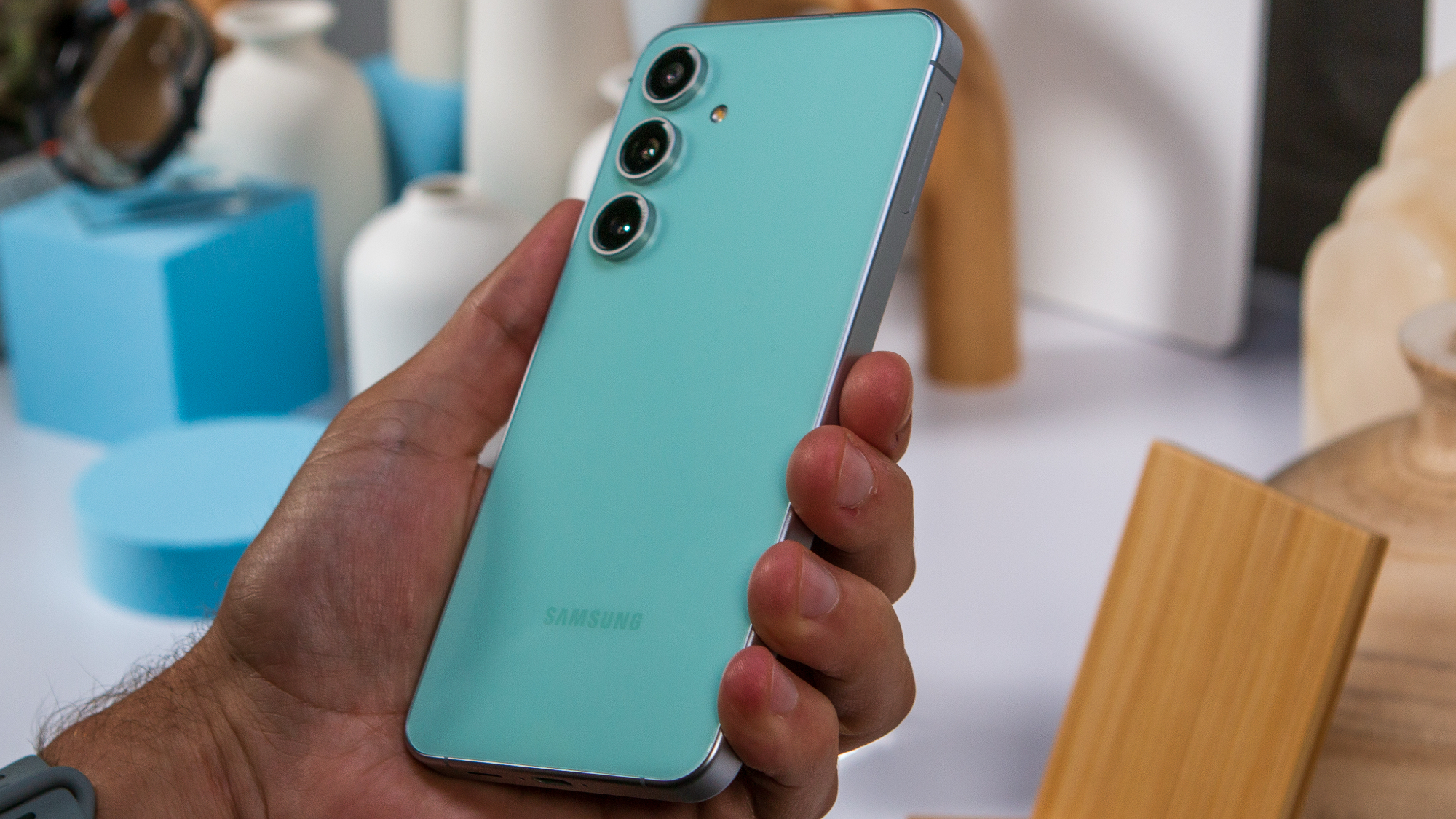
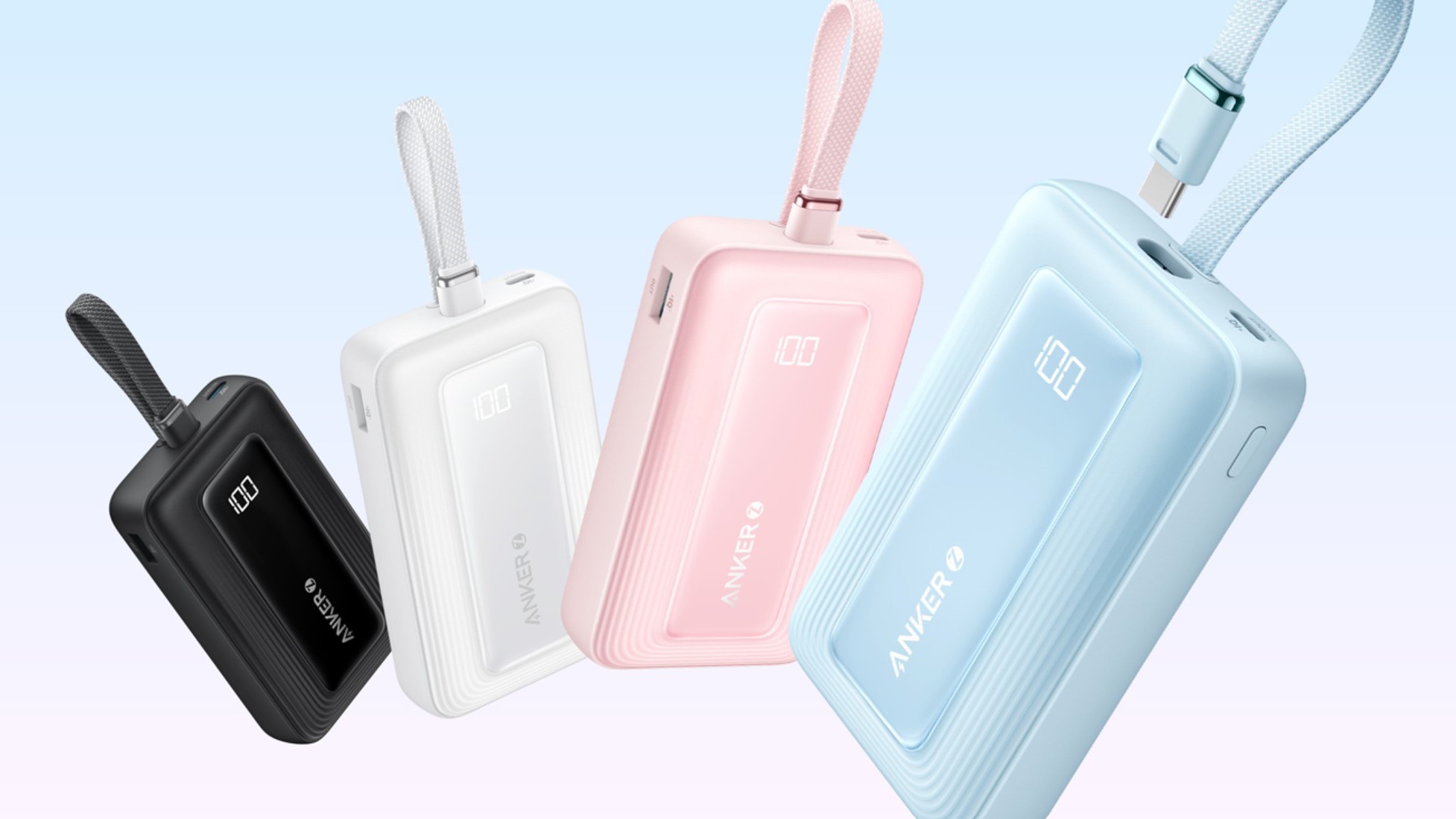
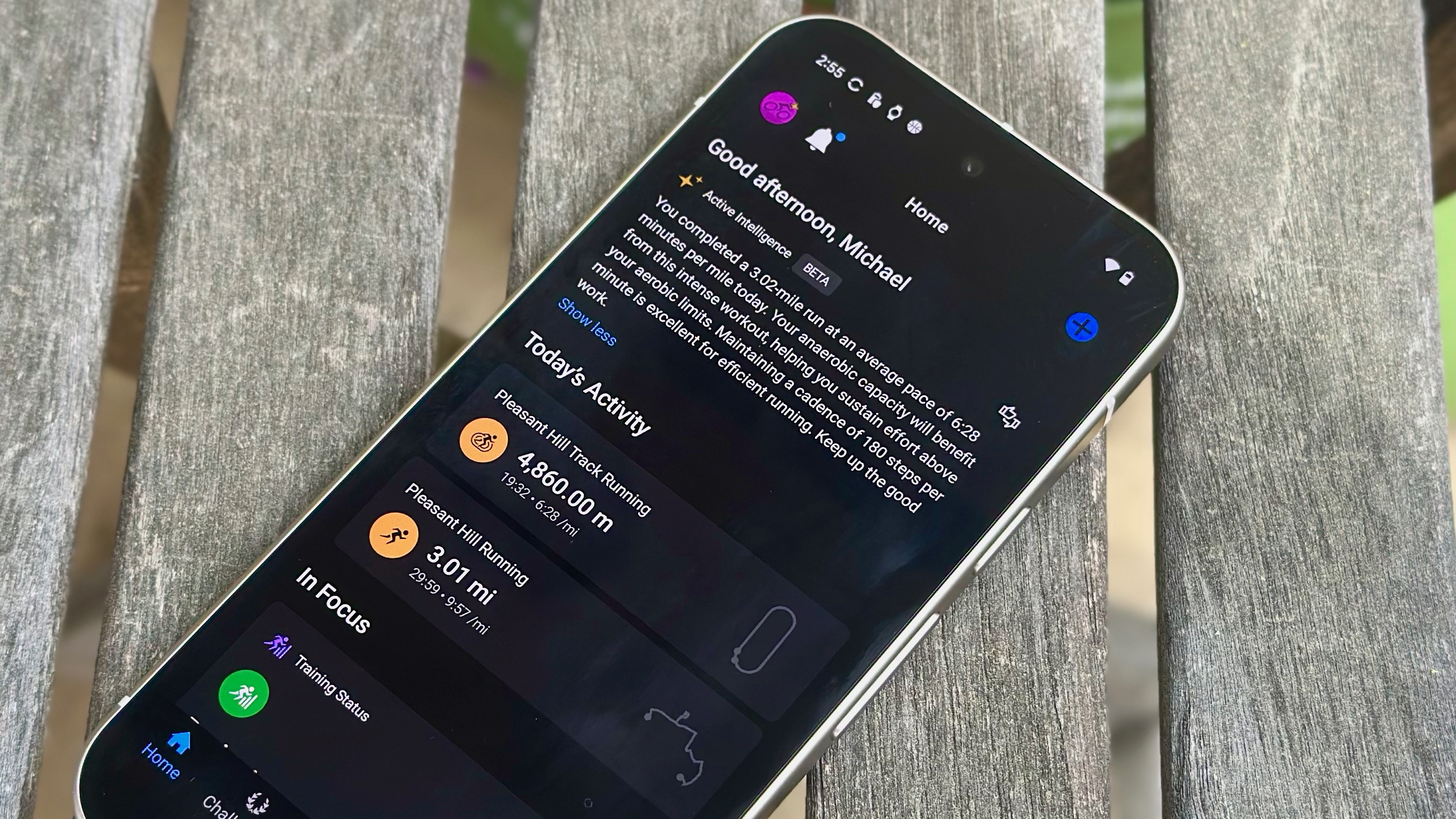

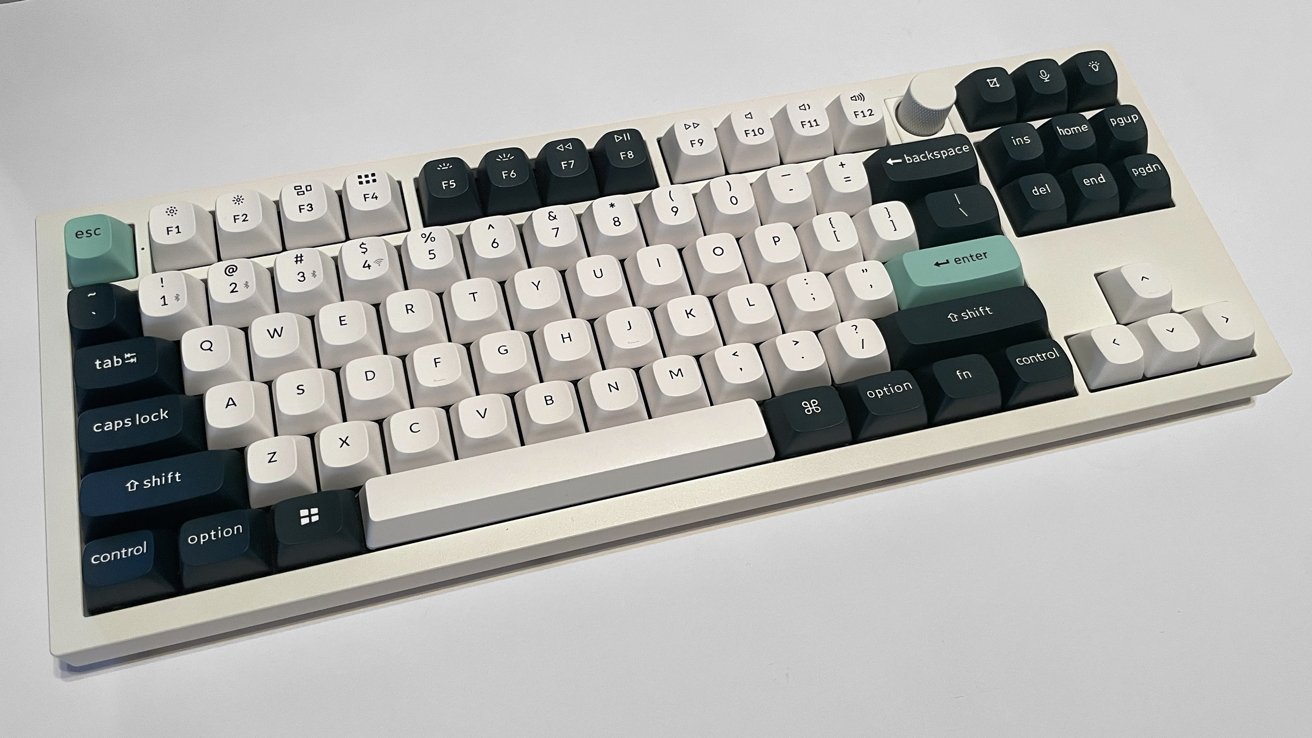
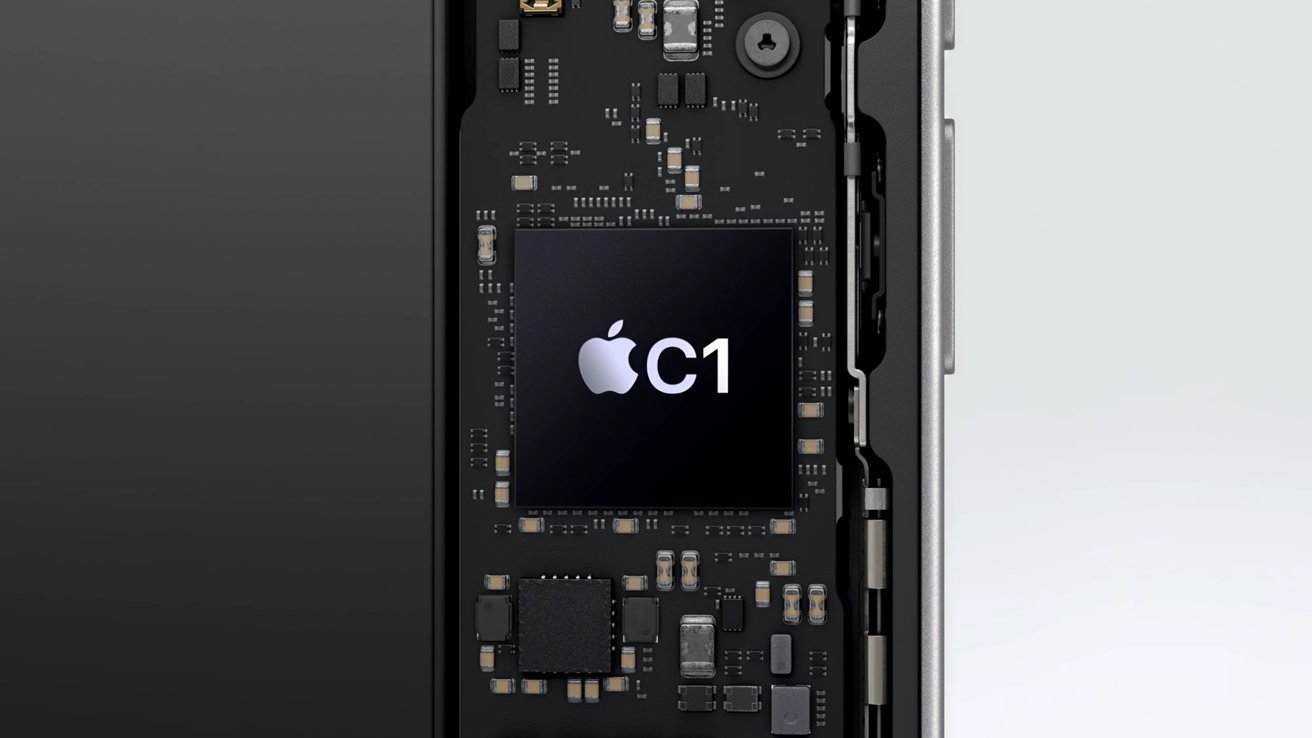
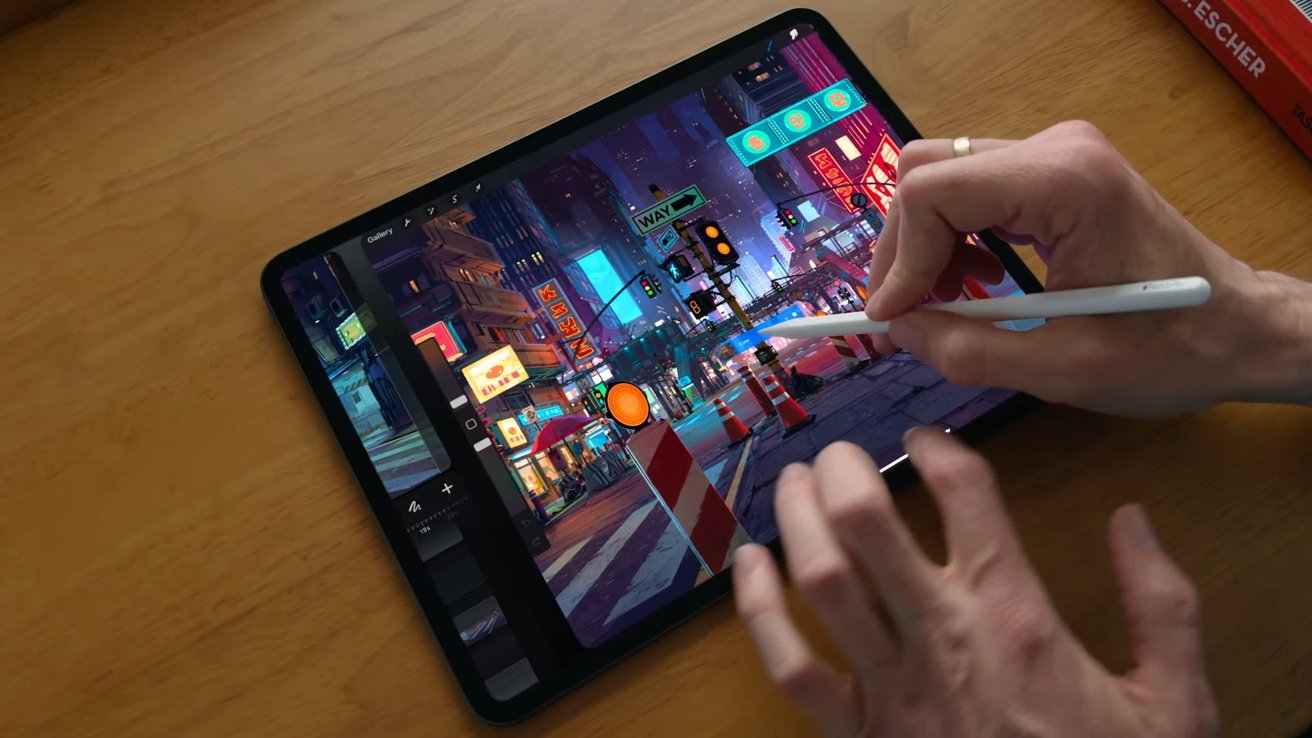






















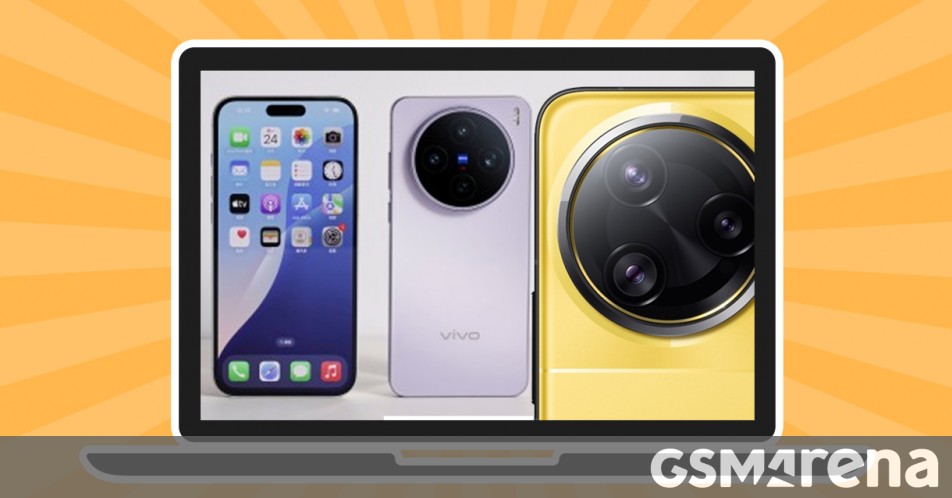

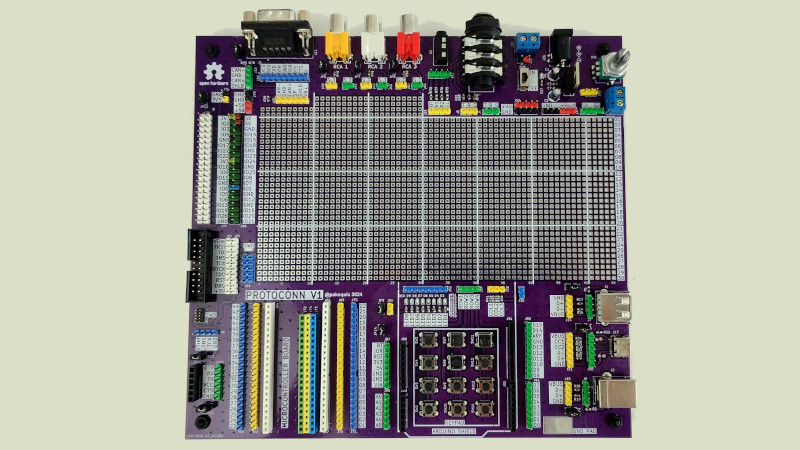















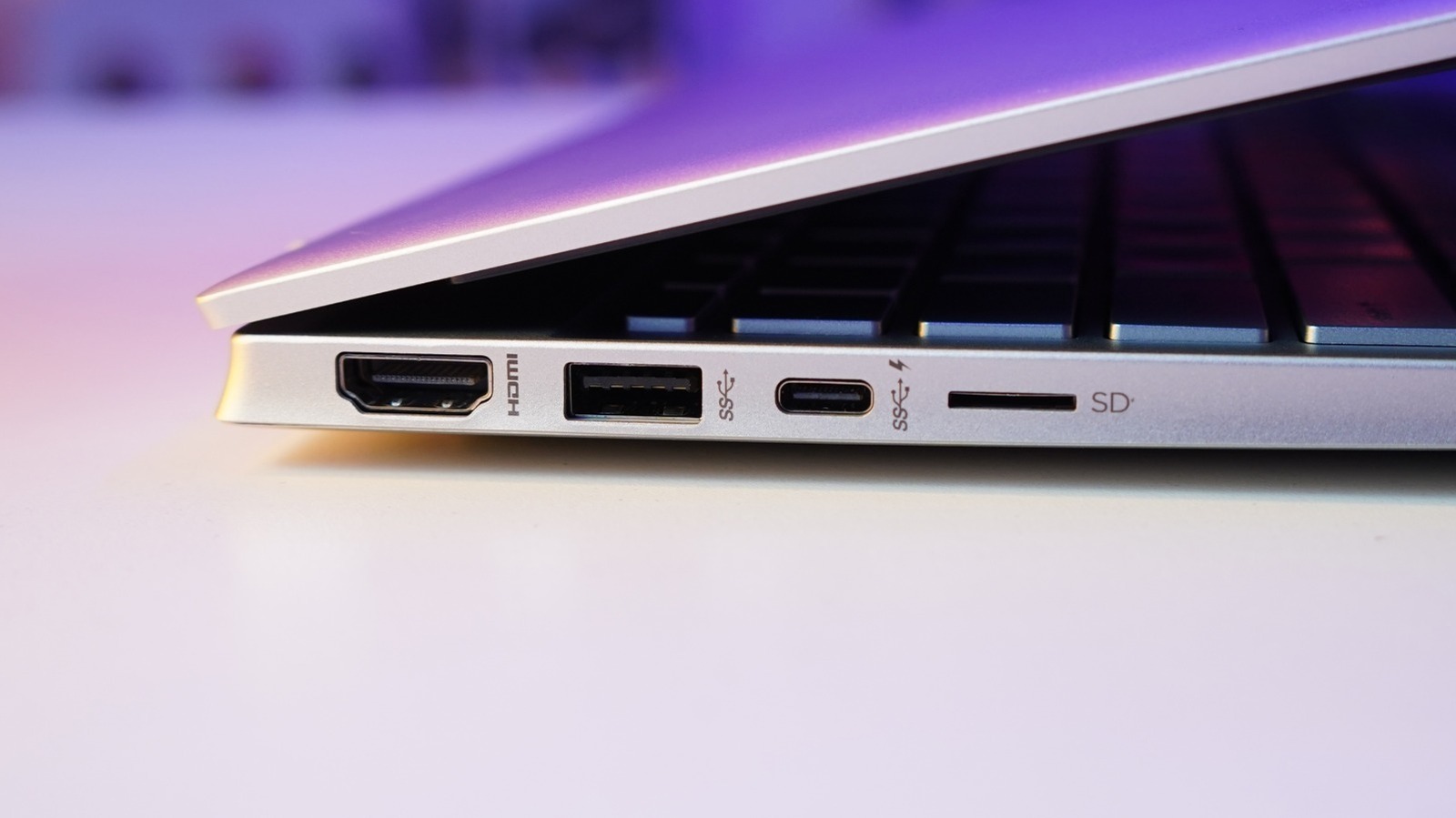
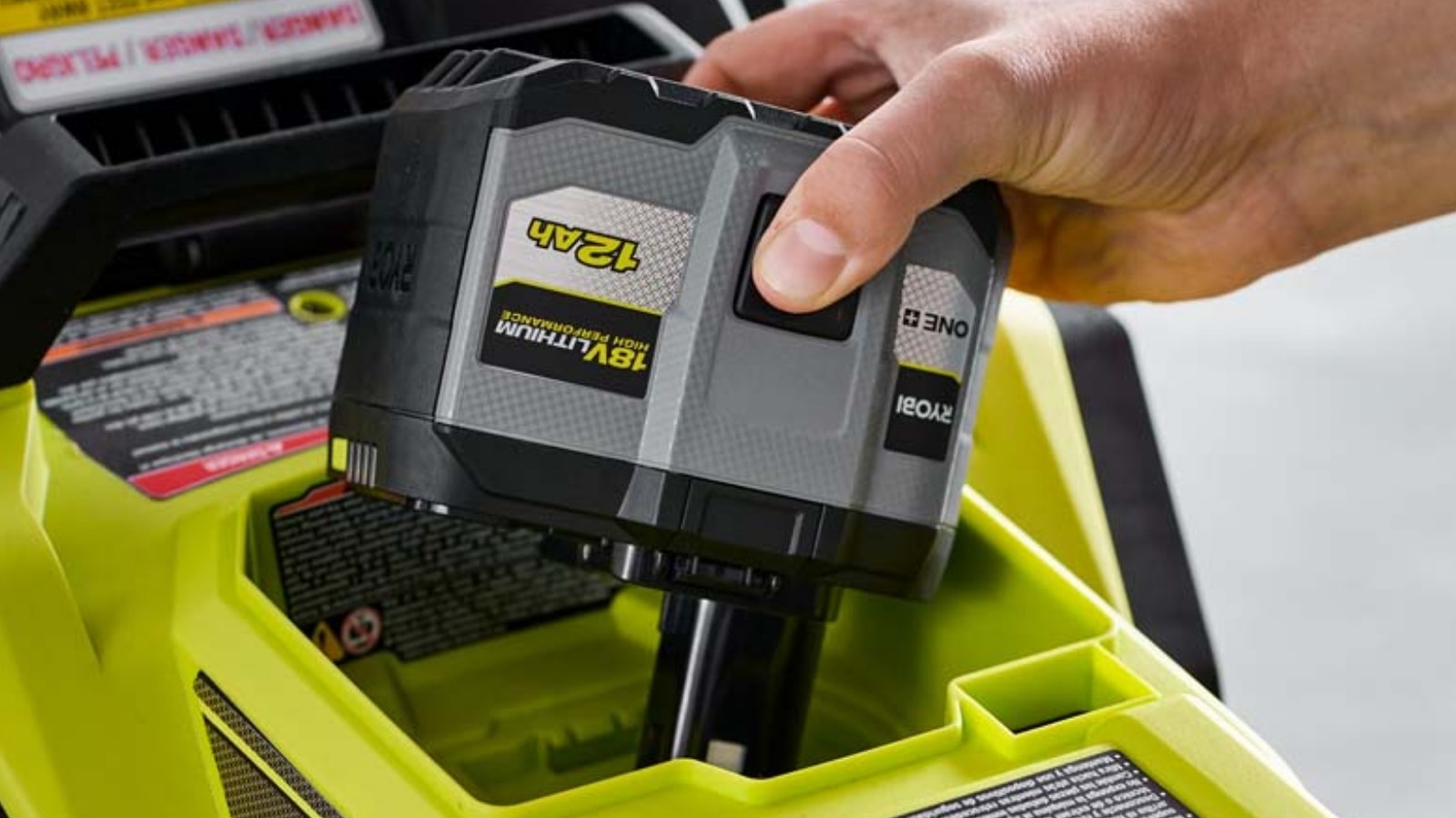
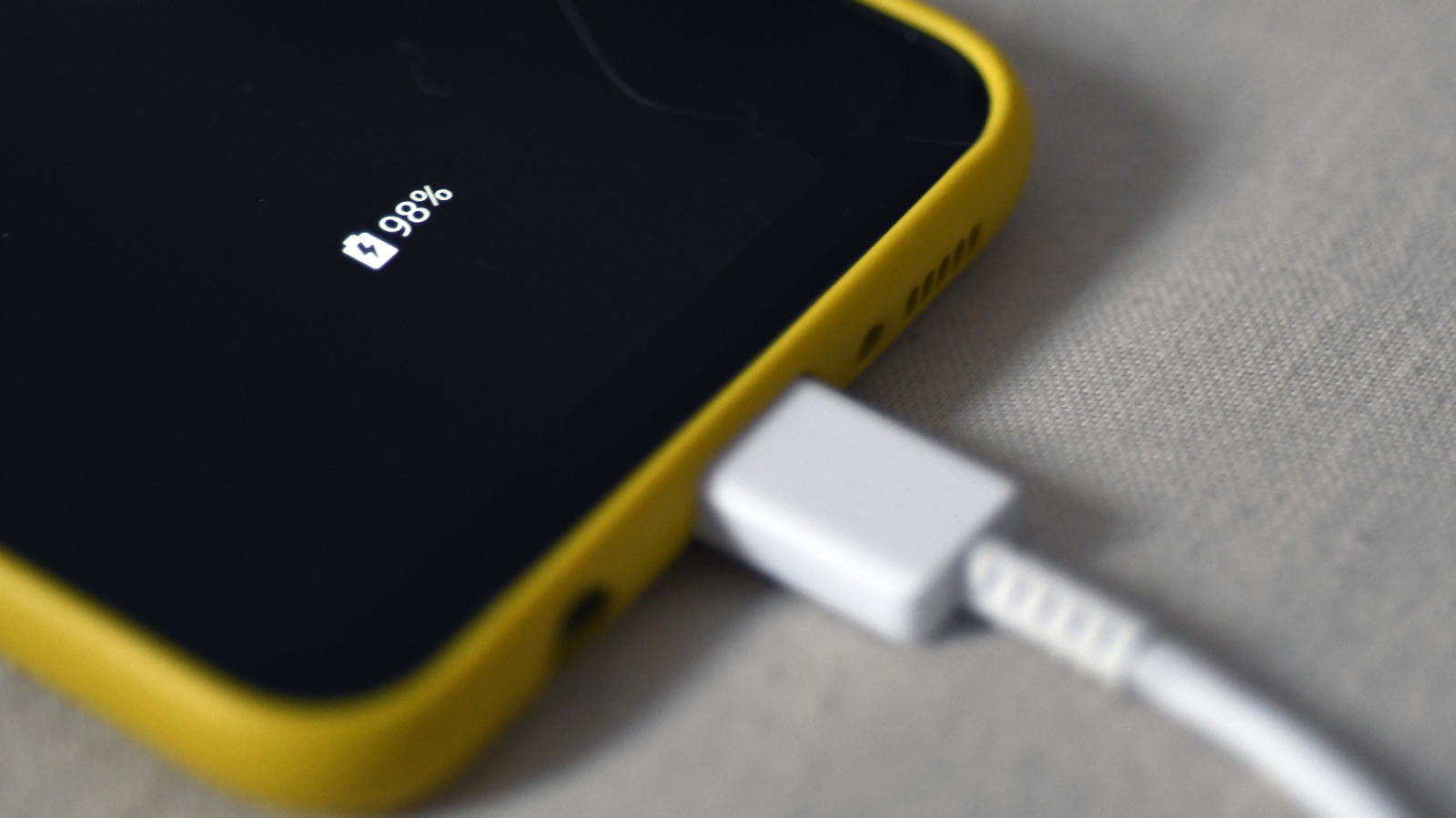













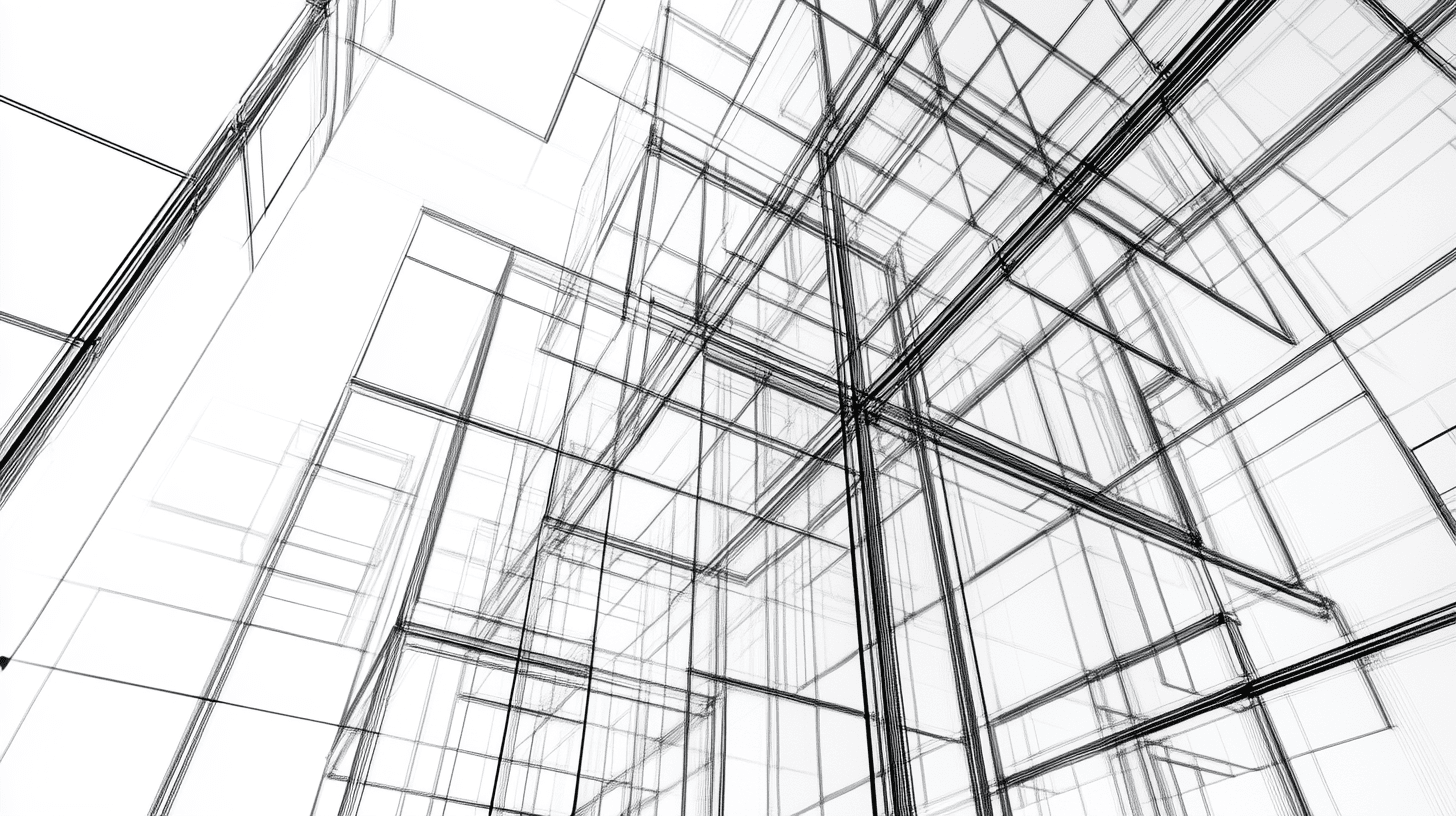
























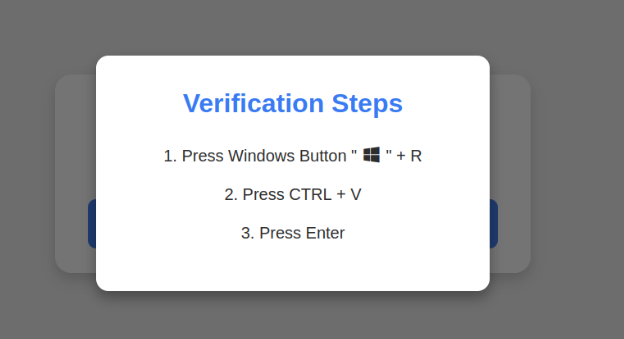




























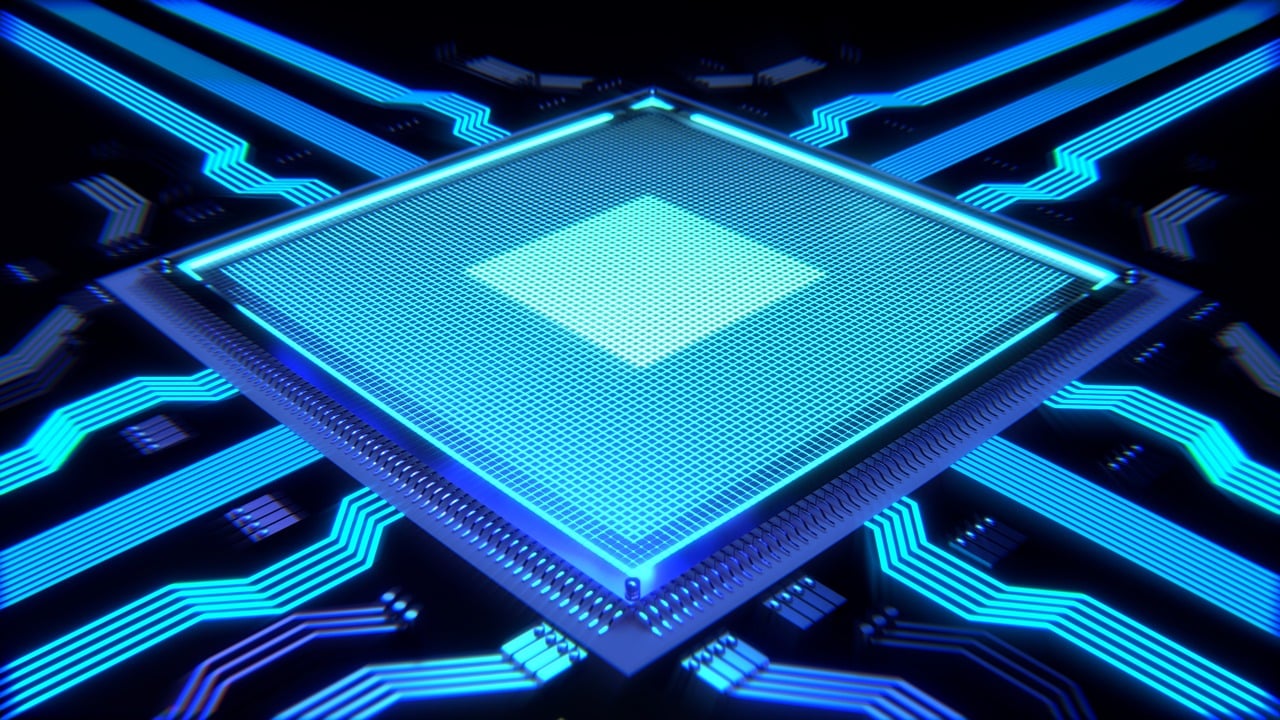

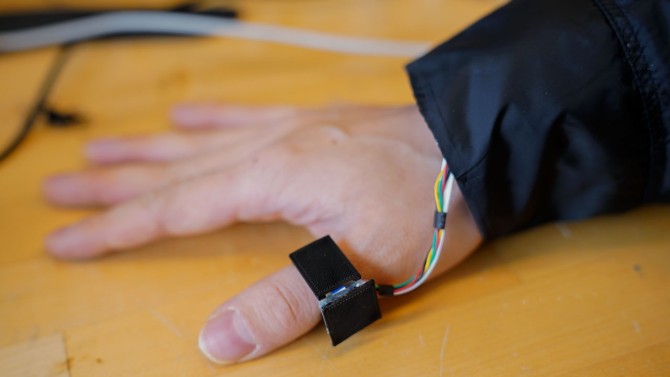


































![[The AI Show Episode 141]: Road to AGI (and Beyond) #1 — The AI Timeline is Accelerating](https://www.marketingaiinstitute.com/hubfs/ep%20141.1.png)
![[The AI Show Episode 140]: New AGI Warnings, OpenAI Suggests Government Policy, Sam Altman Teases Creative Writing Model, Claude Web Search & Apple’s AI Woes](https://www.marketingaiinstitute.com/hubfs/ep%20140%20cover.png)
![[The AI Show Episode 139]: The Government Knows AGI Is Coming, Superintelligence Strategy, OpenAI’s $20,000 Per Month Agents & Top 100 Gen AI Apps](https://www.marketingaiinstitute.com/hubfs/ep%20139%20cover-2.png)






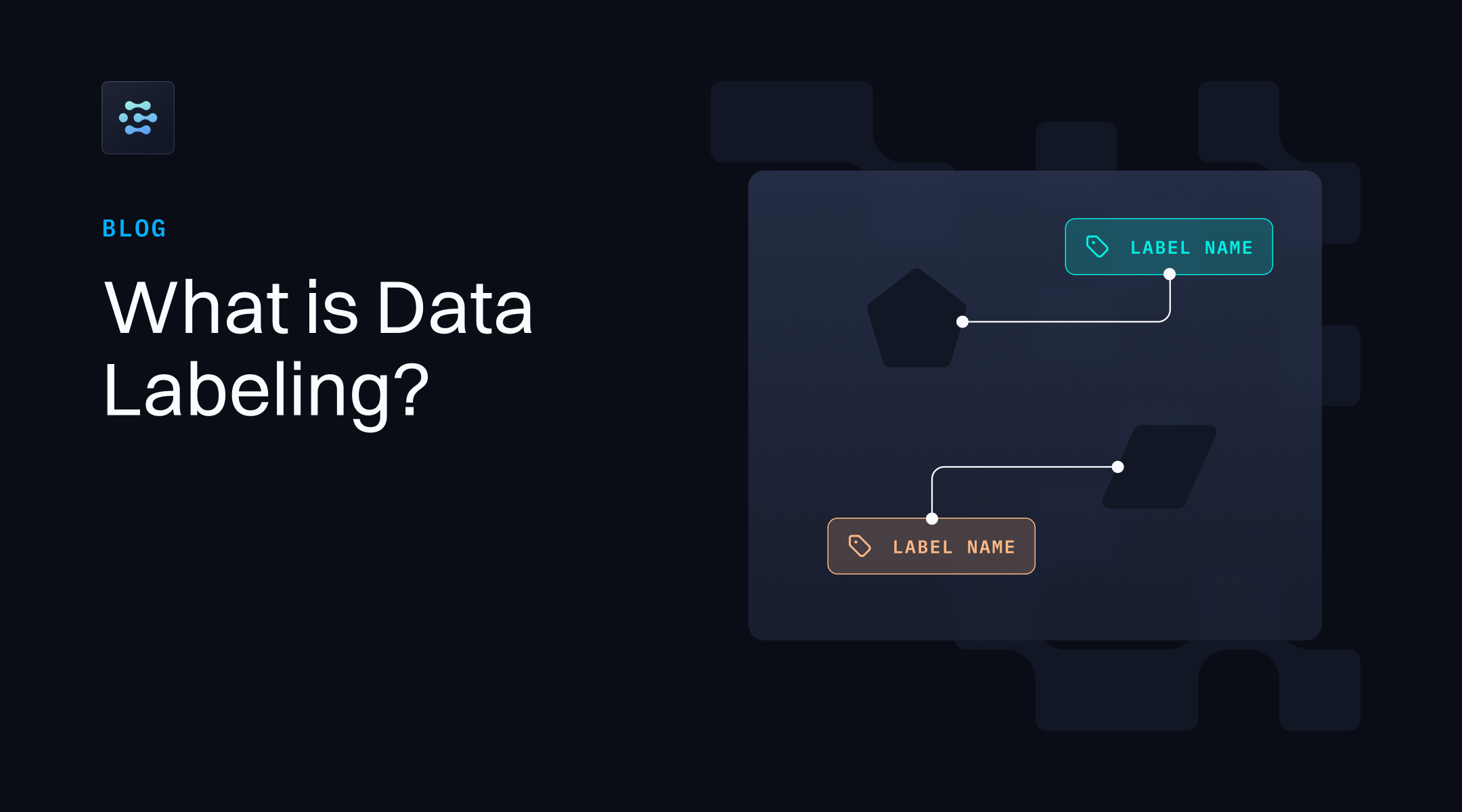























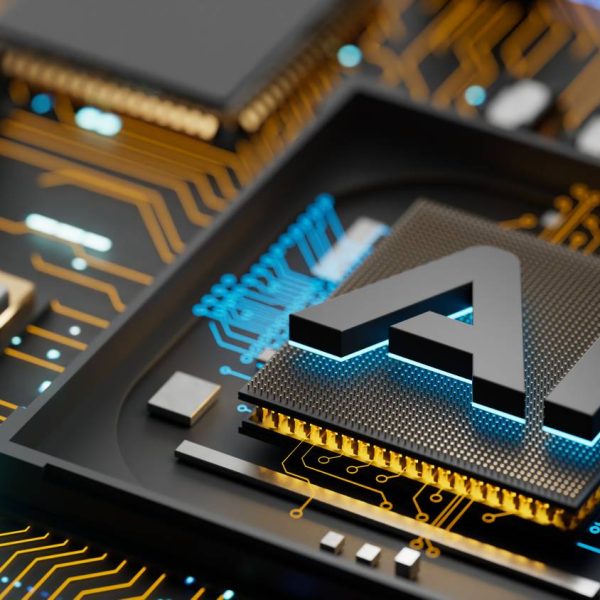





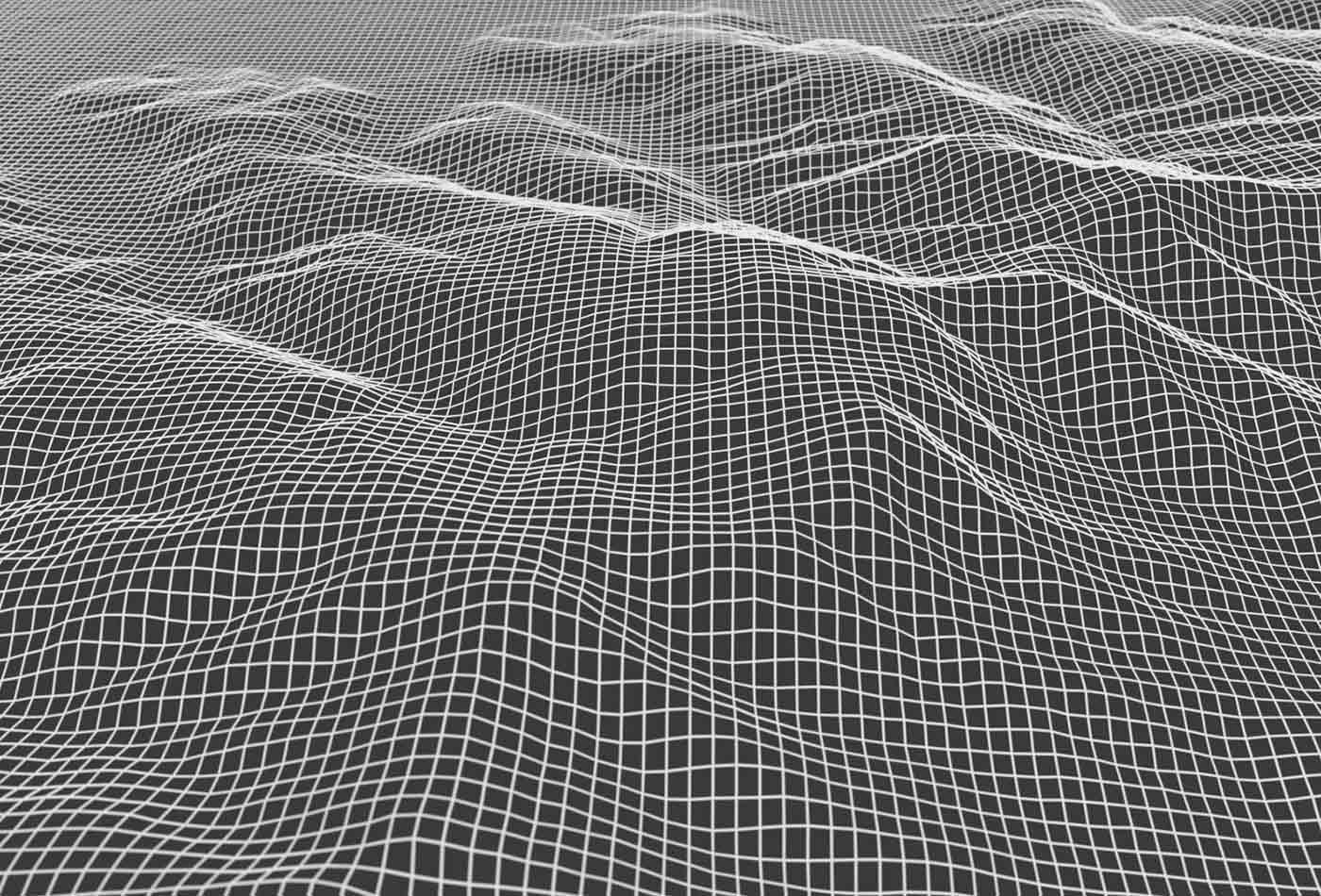



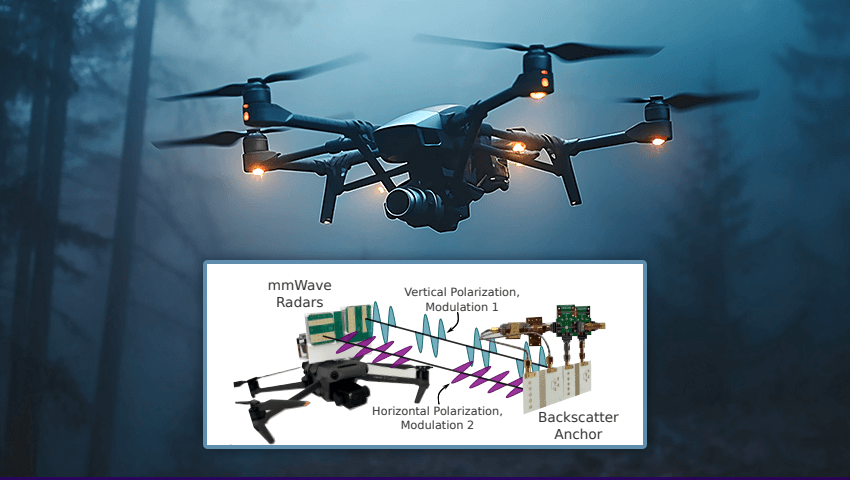













































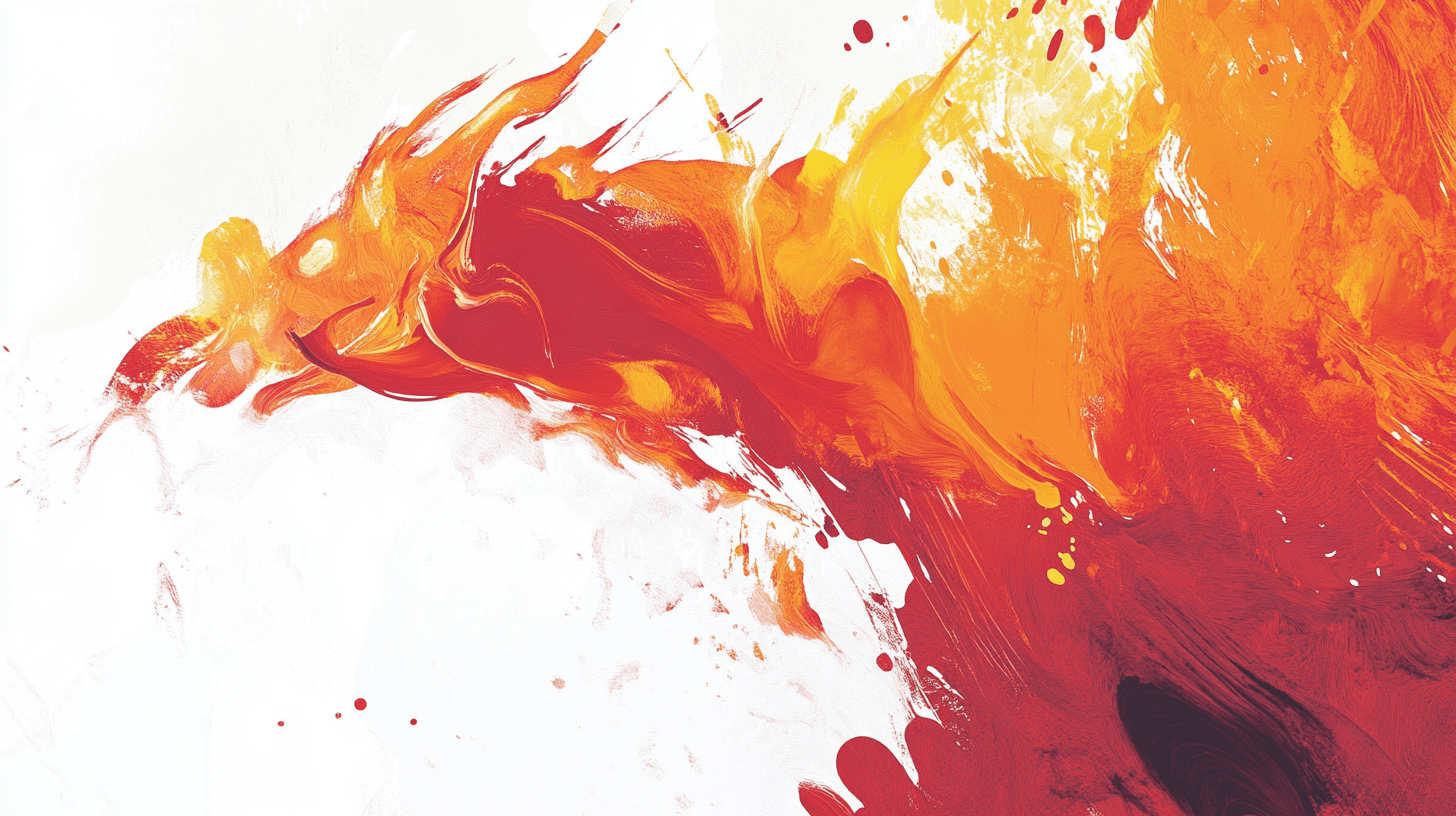




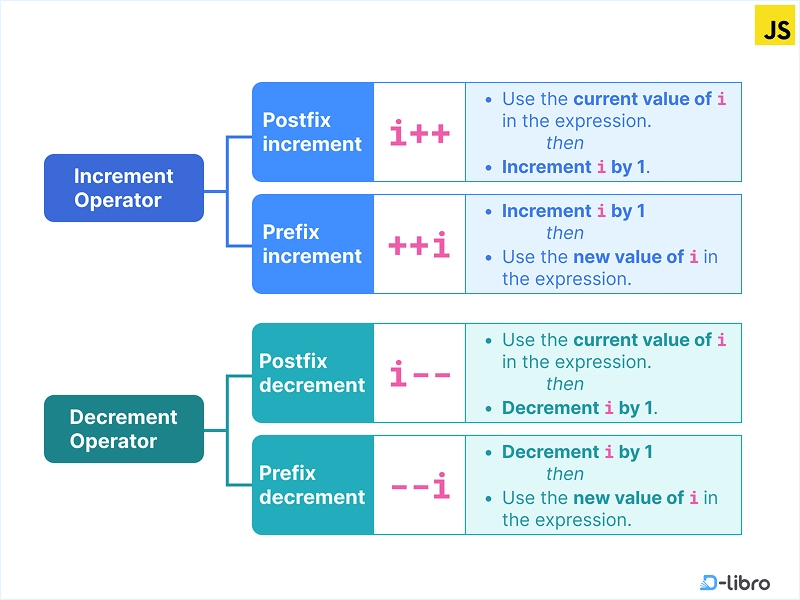







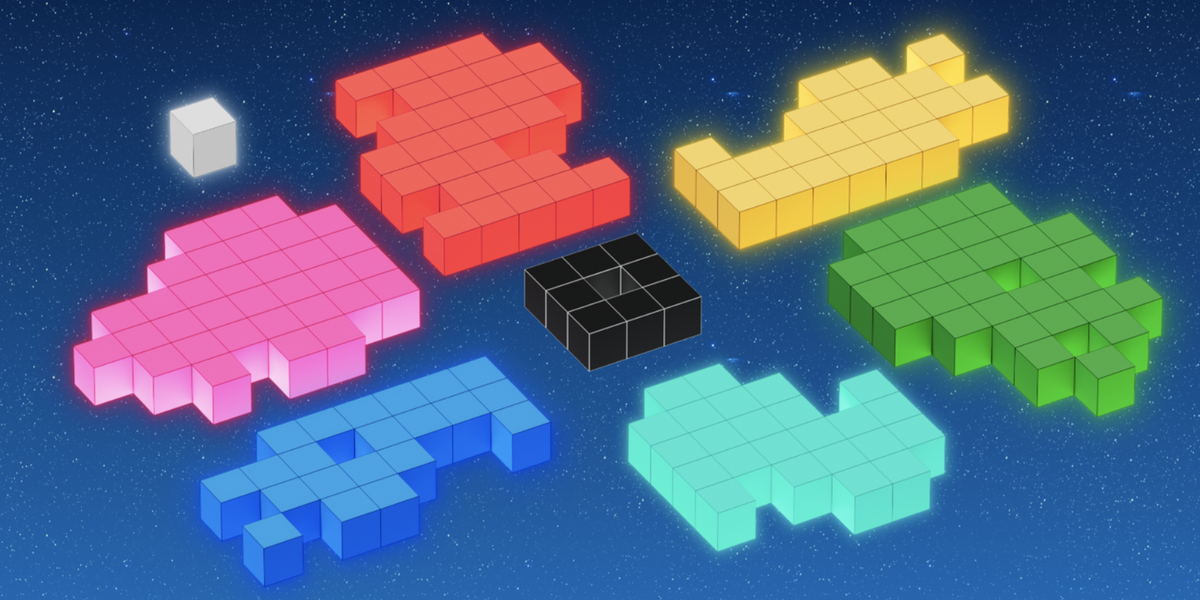






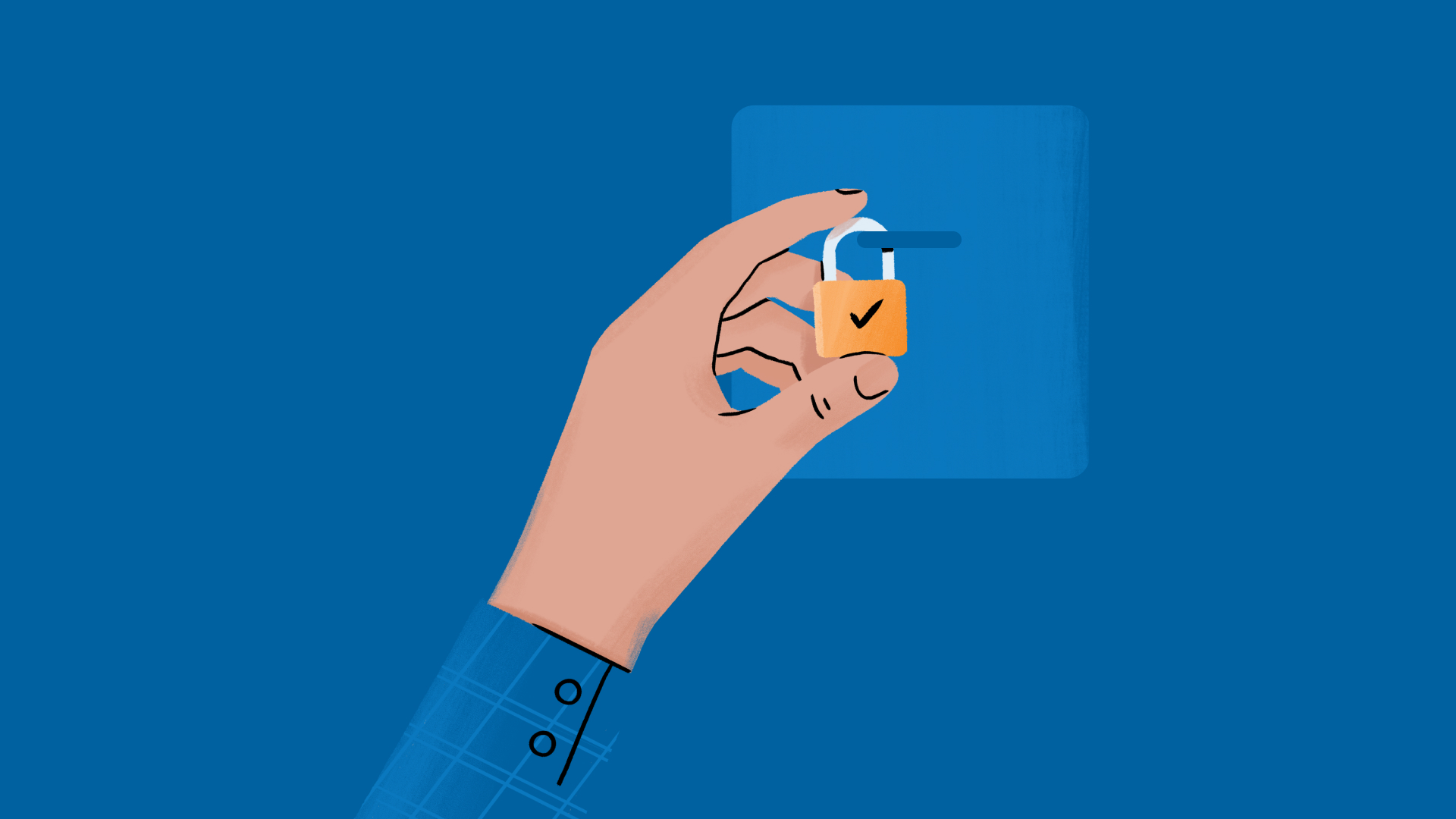




















![From broke musician to working dev. How college drop-out Ryan Furrer taught himself to code [Podcast #166]](https://cdn.hashnode.com/res/hashnode/image/upload/v1743189826063/2080cde4-6fc0-46fb-b98d-b3d59841e8c4.png?#)



![[FREE EBOOKS] The Ultimate Linux Shell Scripting Guide, Artificial Intelligence for Cybersecurity & Four More Best Selling Titles](https://www.javacodegeeks.com/wp-content/uploads/2012/12/jcg-logo.jpg)








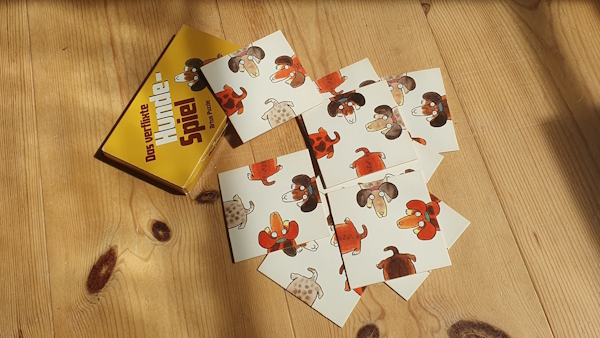


















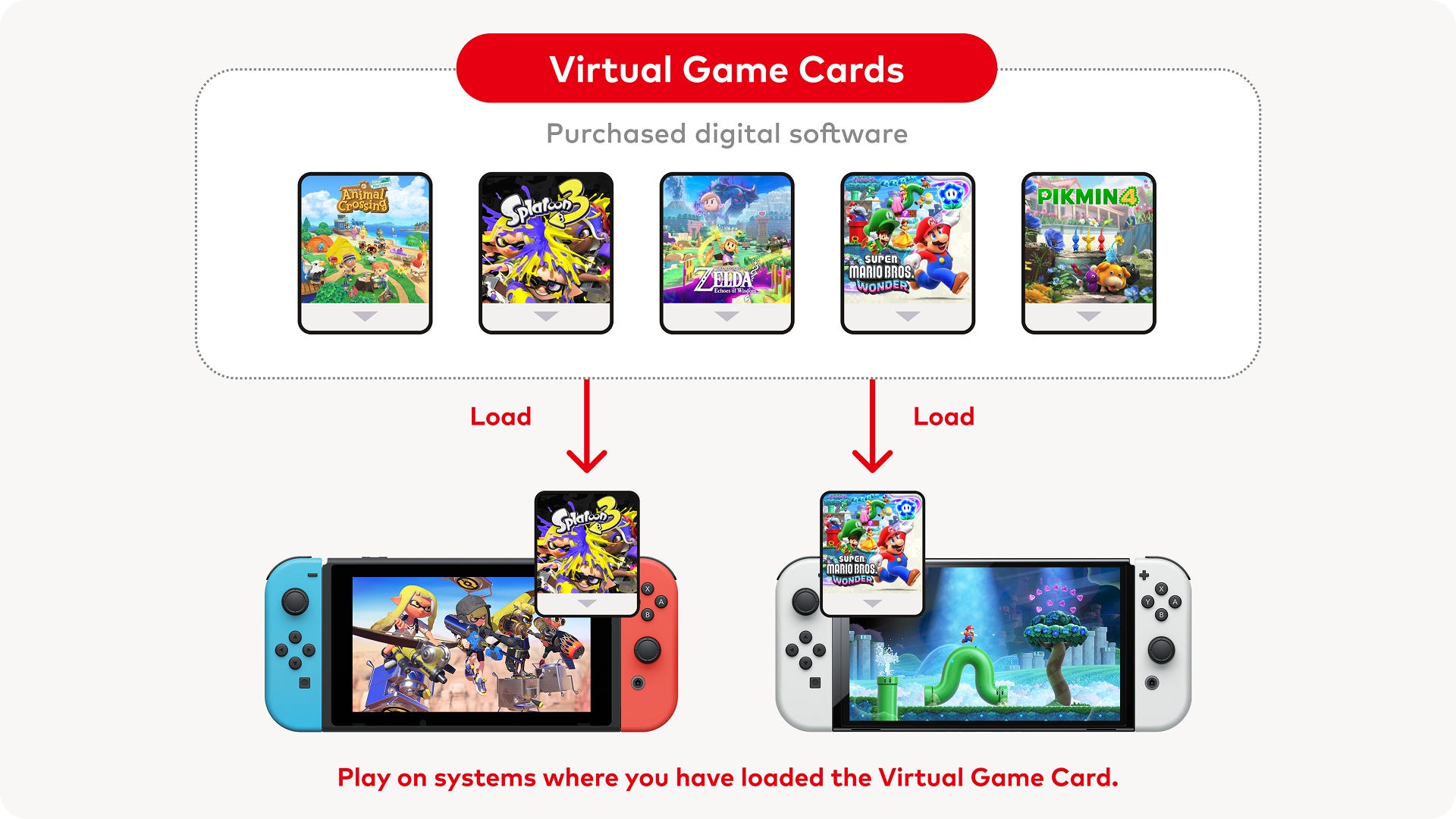






.png?#)











